Chatfield State Park, Littleton, Colorado
He who works his land will have abundant food, but the one who chases fantasies will have his fill of poverty. ~ Proverbs 28:19
Apparently, Blaine went for a bike ride early this morning. Don’t remember for sure what I was doing, but most likely I stayed behind working on my Bible study. I say apparently, because since I took a few days off from blogging, I can’t remember, but there are a few pictures from his phone. 😊
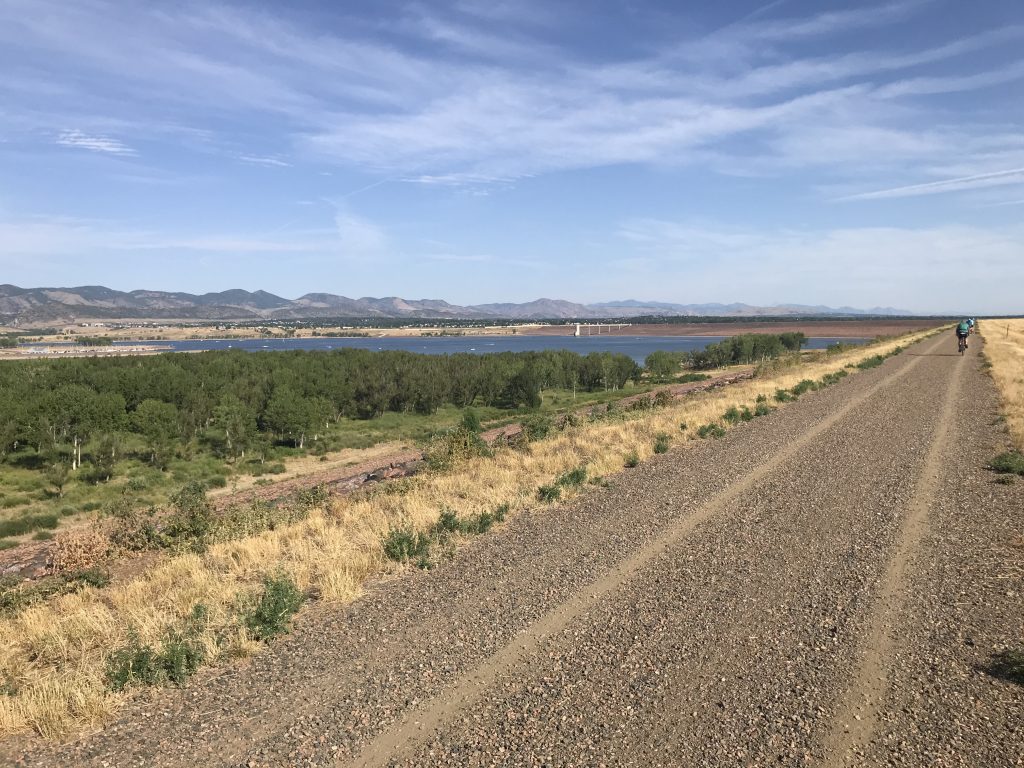


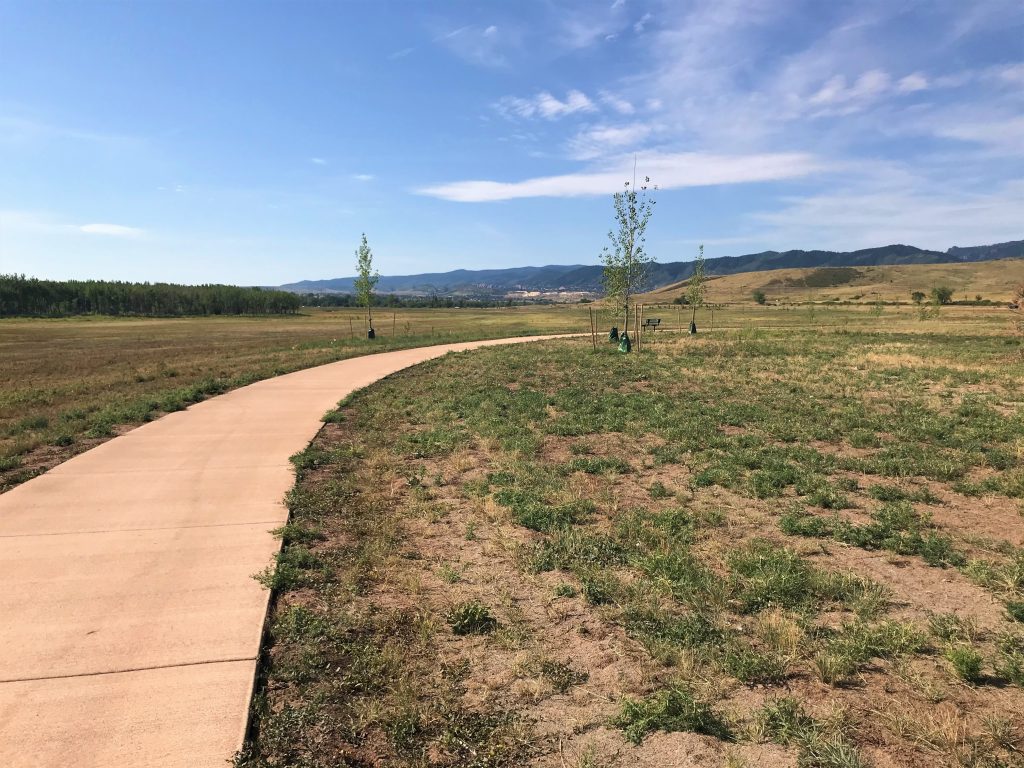
I was thrilled that we finally discovered a place that actually had flowers blooming! We visited a place called Chatfield Farms today. It had a small entrance fee, and required mask-wearing at all times, but at least there were things to see here – as opposed to the other day when we visited the botanical garden devoid of flowers that was free. The old adage is true – – sometimes, you get what you pay for. 😊
Chatfield Farms is billed as a farm and historical homestead and is managed by the Denver Botanic (yes, I spelled it right) Gardens in cooperation with the U.S. Army Corps of Engineers.
It’s a 700-acre native plant refuge and working farm located along the banks of Deer Creek in southern Jefferson County. Facilities include the Earl J. Sinnamon Visitor Center, the historical Hildebrand Ranch, a restored 1918 dairy barn and silo, the 1874 Deer Creek Schoolhouse, 2.5 miles of nature trails, the Deer Creek Discovery children’s play area and numerous wildflower gardens. Bring your binoculars and wander the many trails. The area is known for exceptional bird watching.
While we didn’t notice any birds in particular, we did see bees and butterflies! Some of the things they normally offer were closed to the public due to COVID concerns – things like the Visitor Center, the house and all other buildings, the play area and the butterfly house. We walked by the butterfly house, and were very surprised to see that there weren’t any inside. We understood not allowing people in, but why not continue to raise and release them?
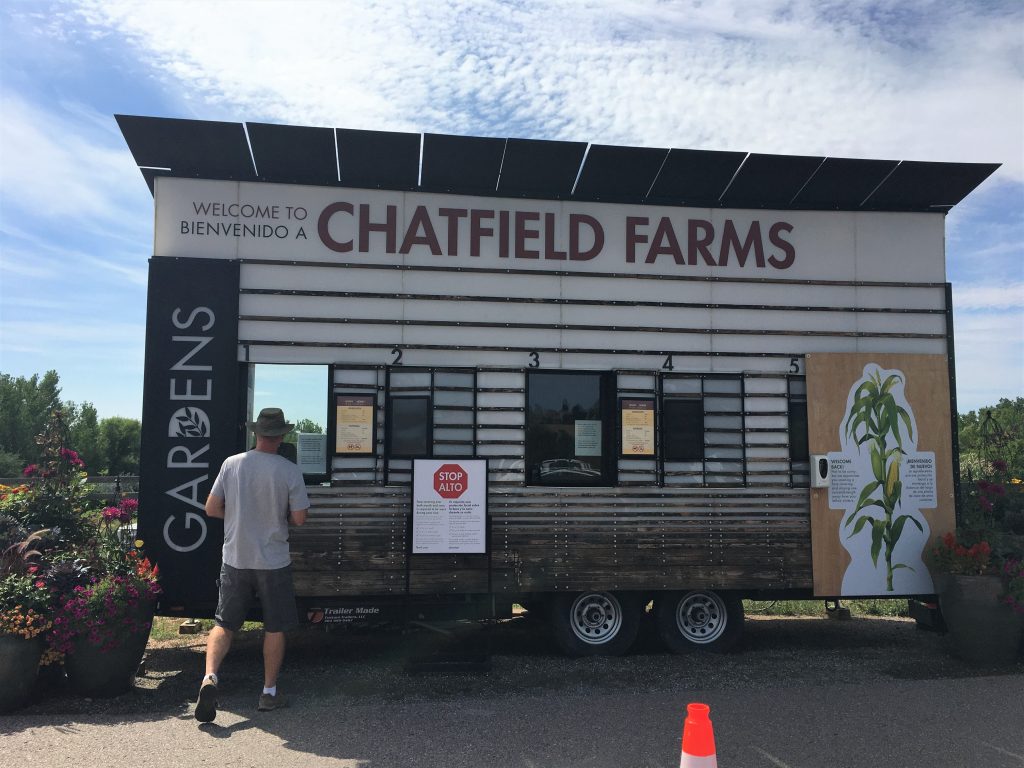
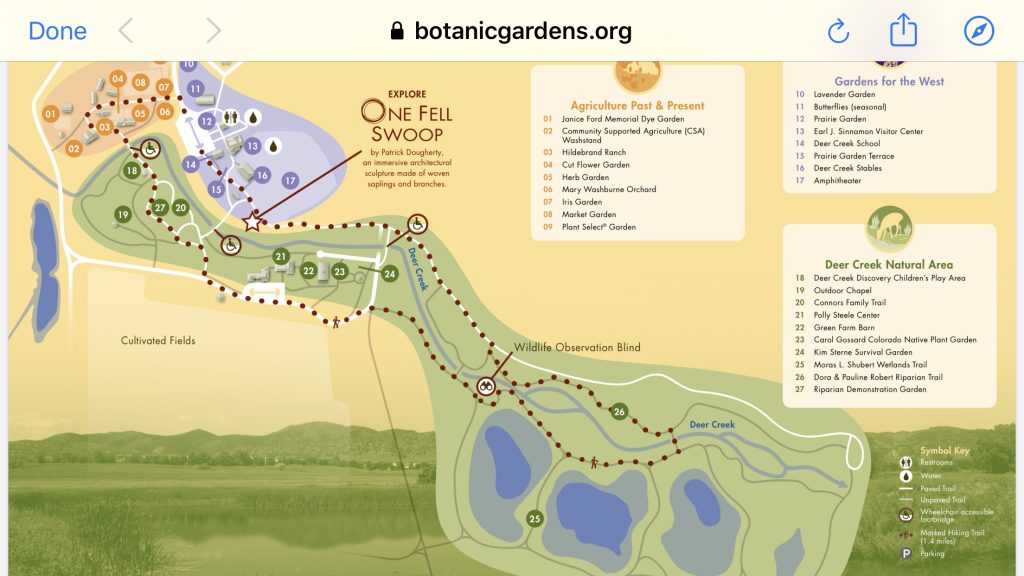

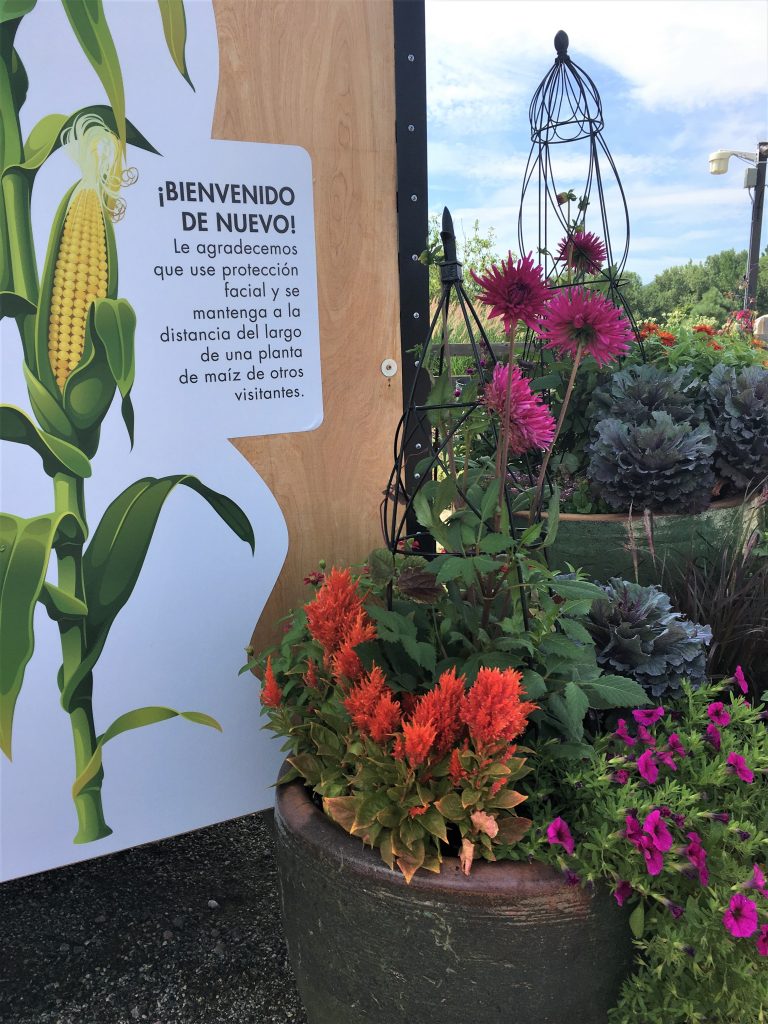
“Not to be corny, but we appreciate you wearing a face covering
and staying one cornstalk-length away from your fellow visitors.”
And no, I didn’t translate it, I just zoomed in on the previous picture to read the English. : )
I took the picture because of the flowers. : )

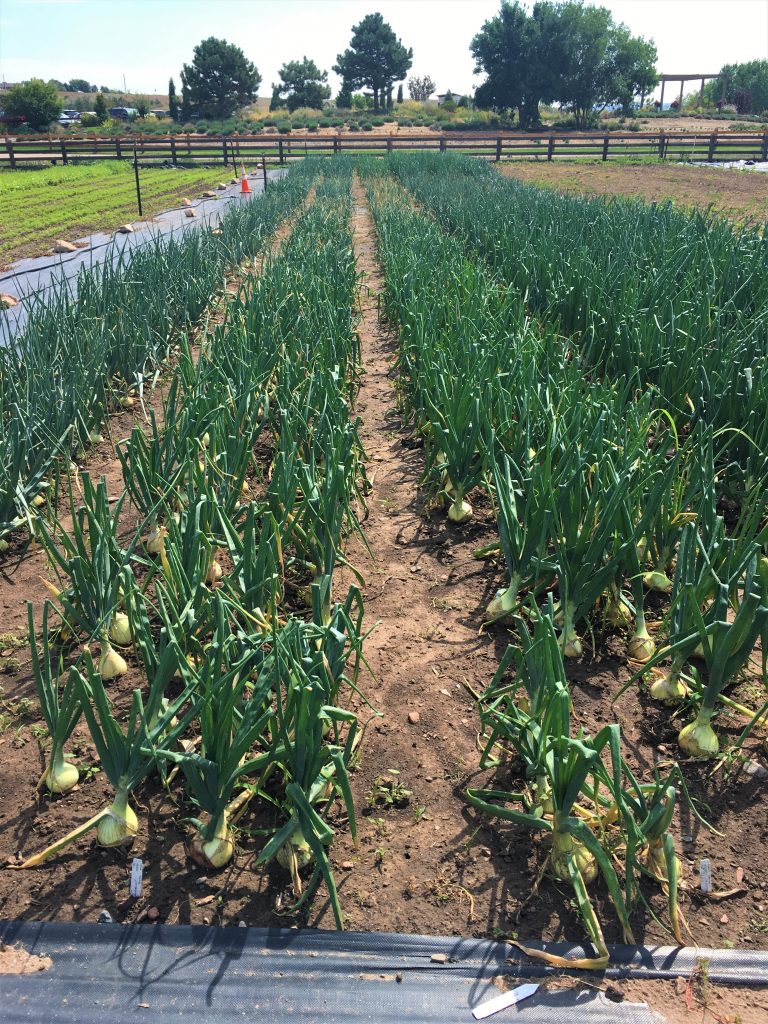
Turns out, these gardens at the front are mostly just for demonstration purposes.
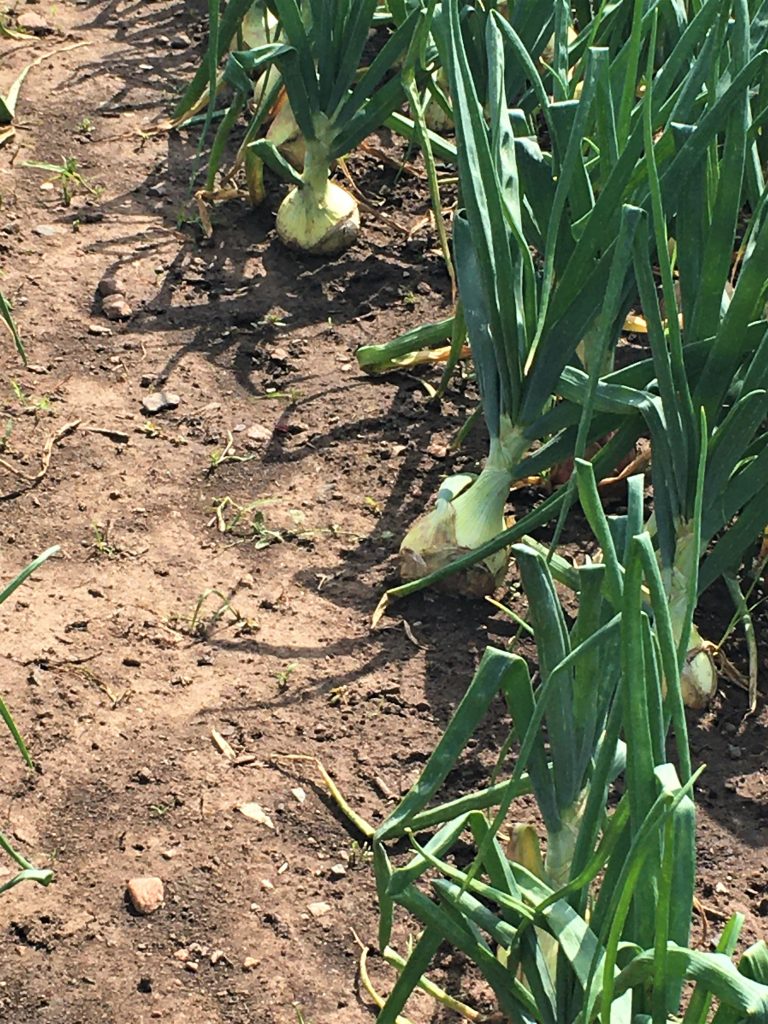

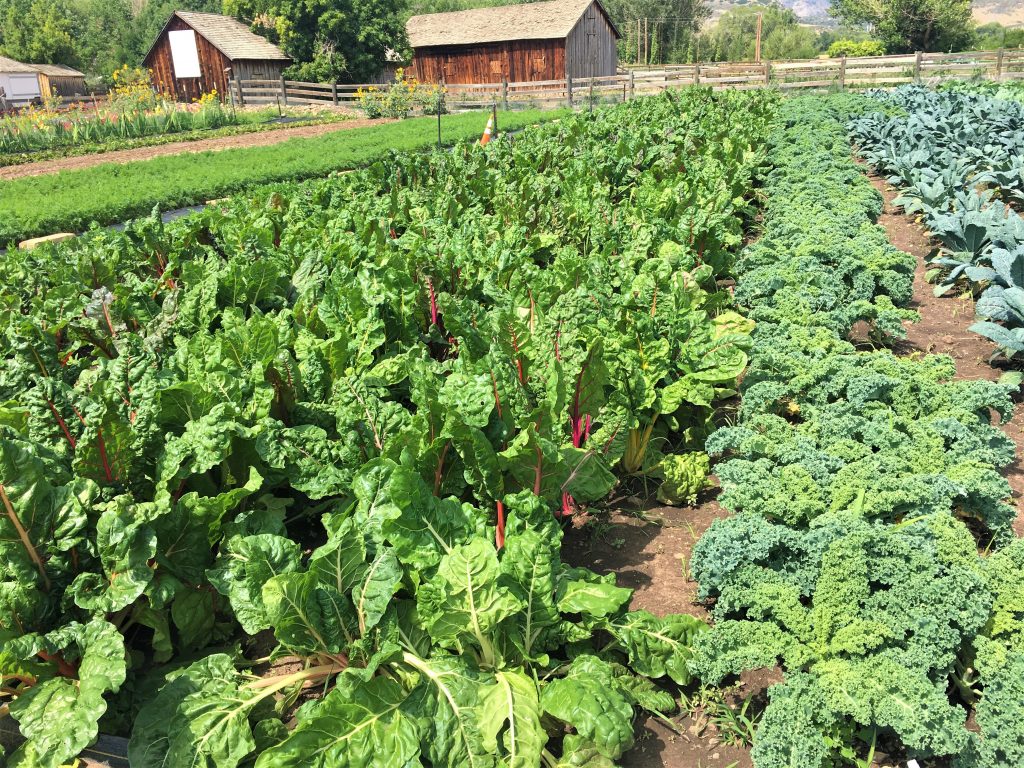
My grandma used to make sauce with it too – like applesauce.
Think they’ll let me have some? : )


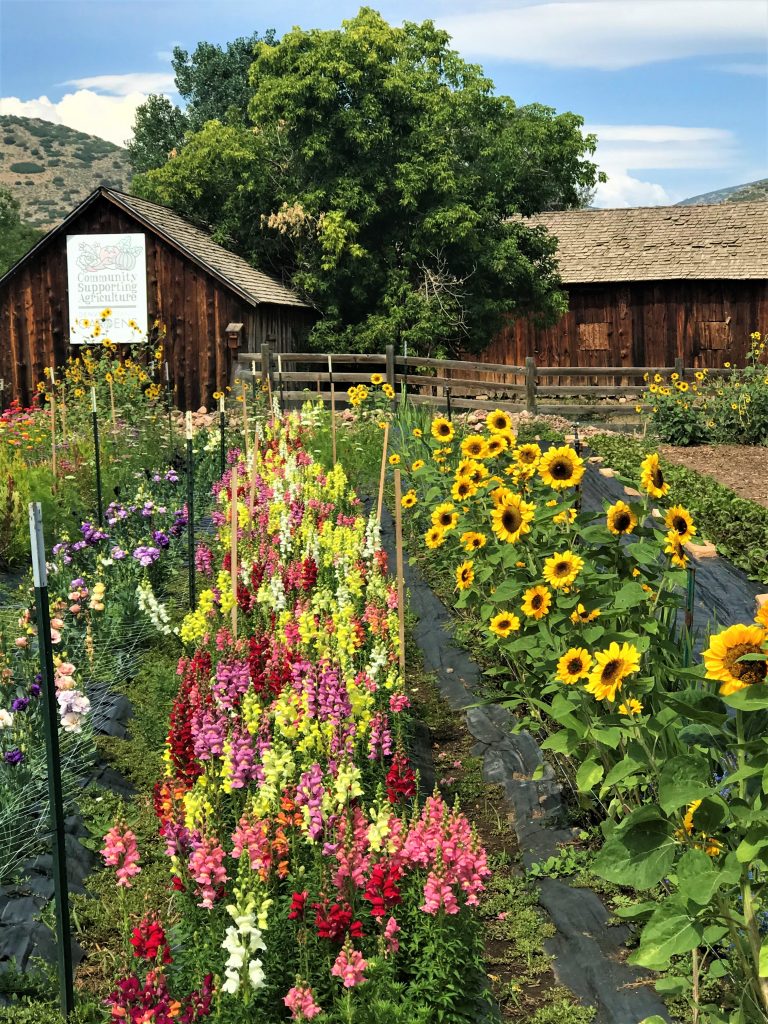
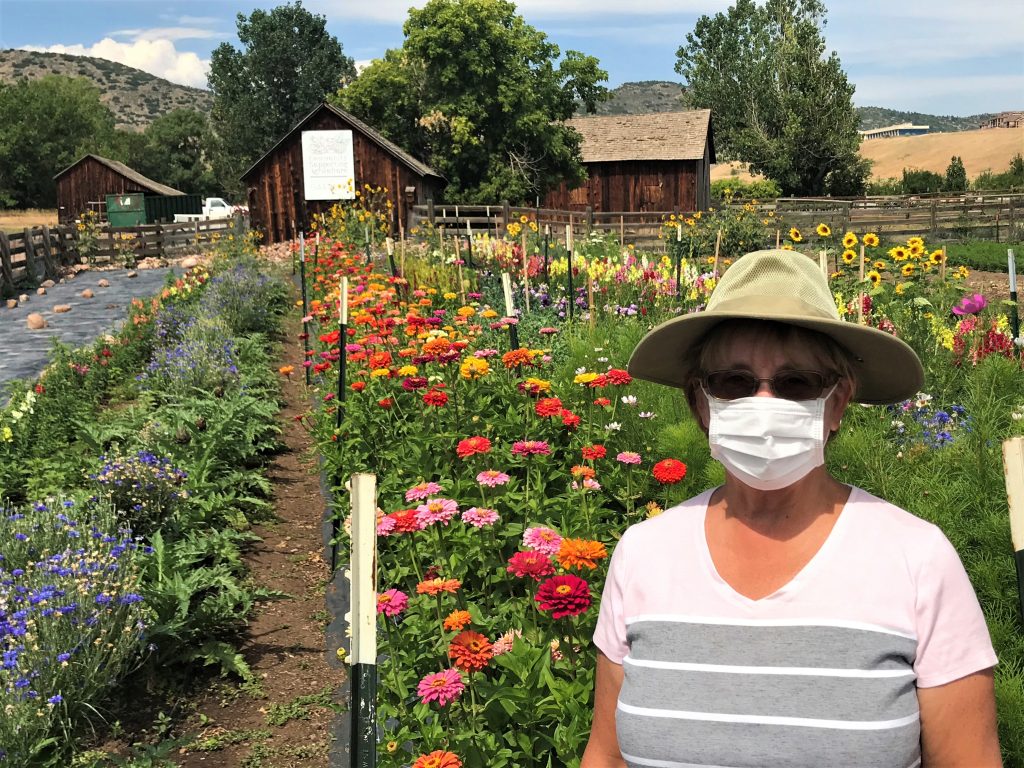
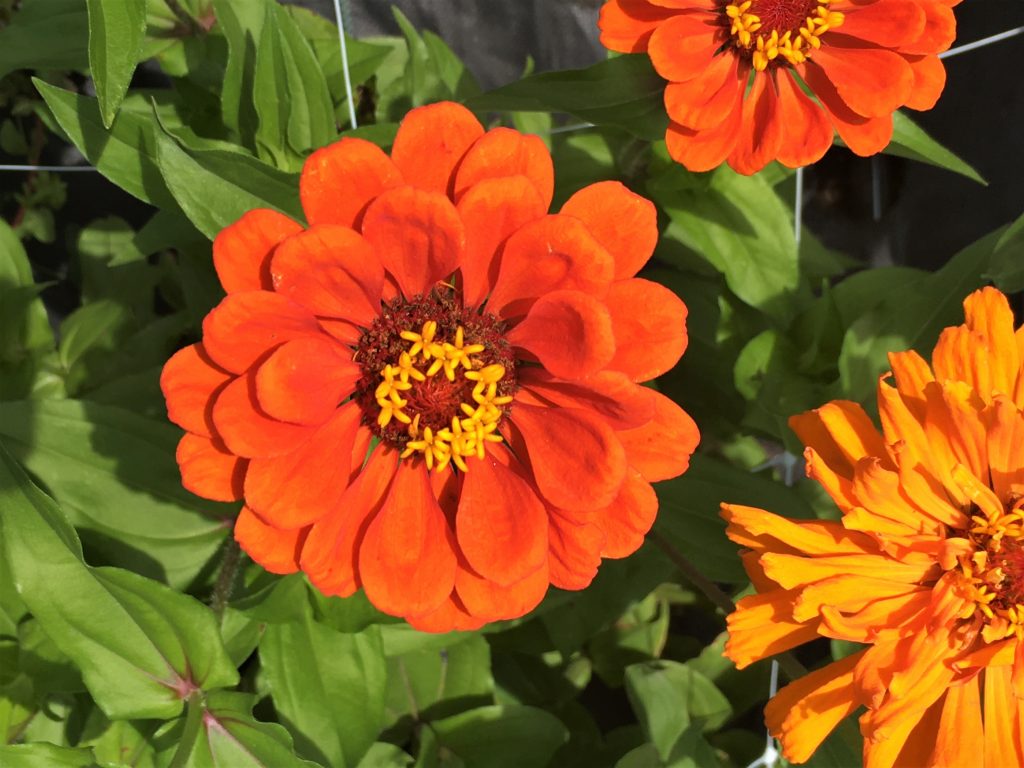
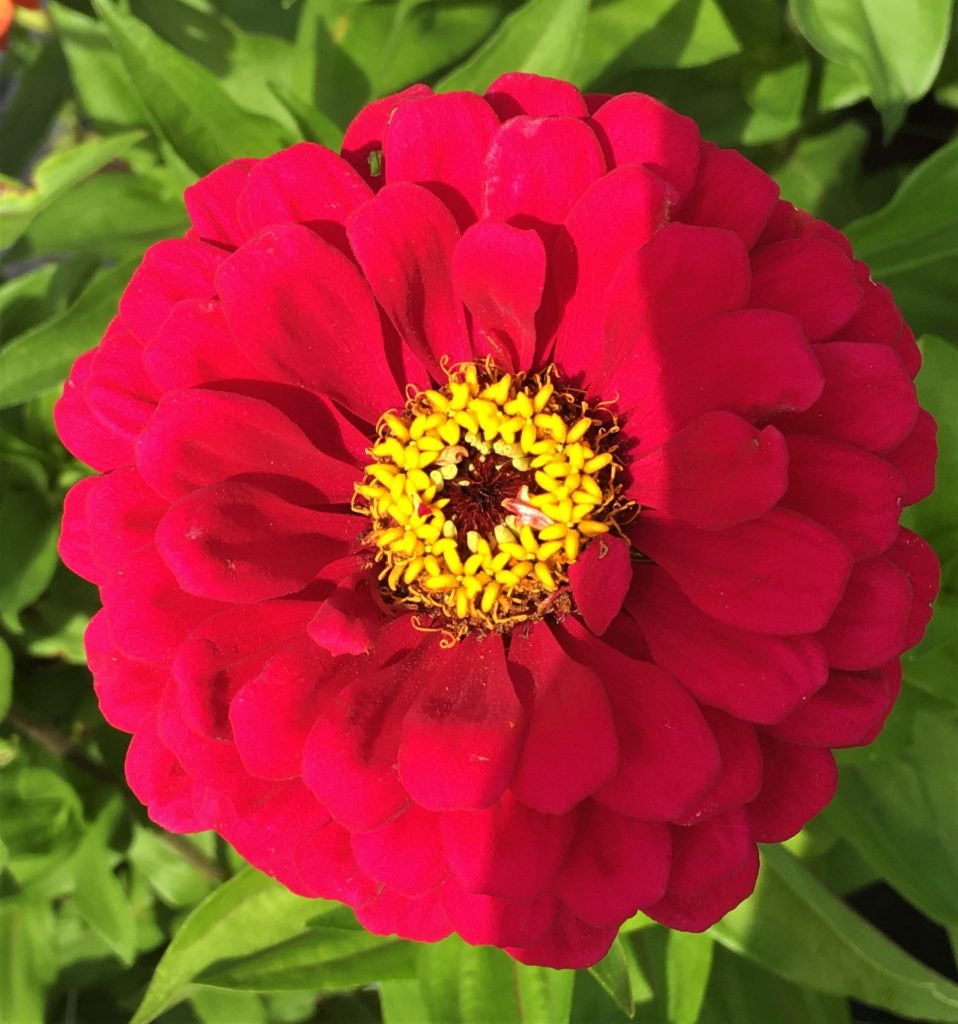
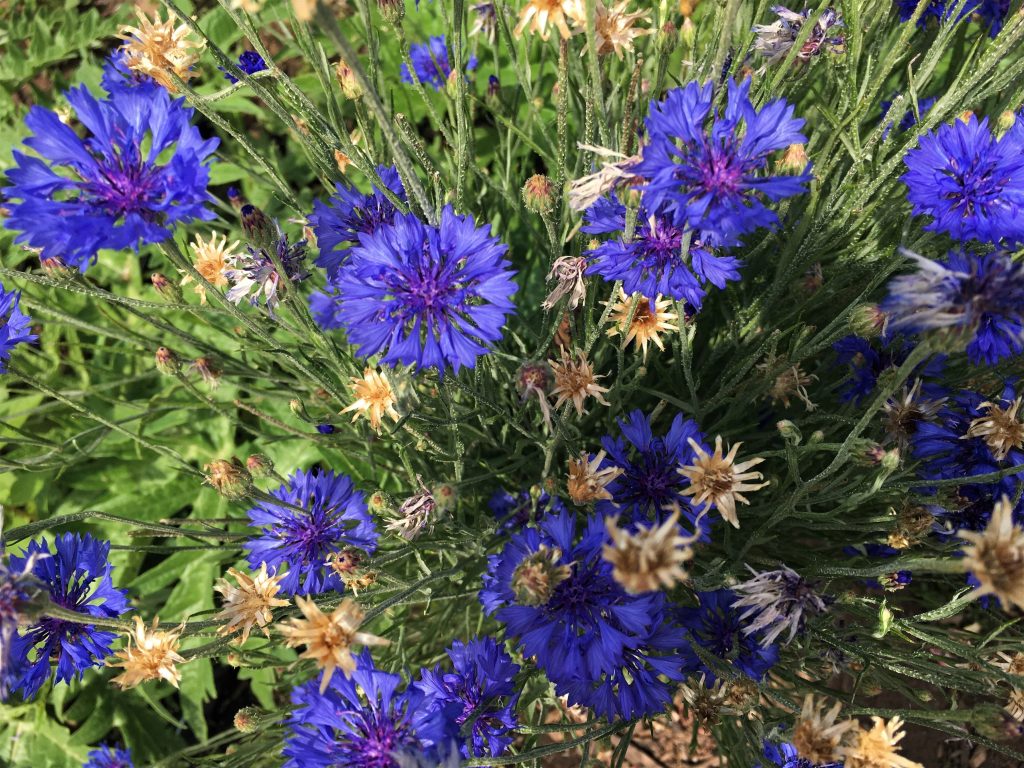
Anyway, to back up a bit, once we arrived and spent time looking over the small vegetable/flower garden area, a volunteer walked up and started a conversation with us, telling us about the farm and it’s properties. From what I can recall, the home belonged to the Hildebrands for many years, until the 1970s, when the Army Corp of Engineers took over all the property and relocated the two elderly women who were still living in the house – without running water. The Corp was there to build the reservoir we’re currently camped by, but it’s unclear why they wanted the property. At any rate, at some point, the Denver Botanic Garden, together with some other people asked to take over managing the property to better the community. They currently grow hundreds of acres of veggies that are used to teach and some (over 10,000# a season) feed those less fortunate. They have an information board that also talks about it, and one of their programs – for an annual membership fee, you can get veggies for yourself. That money helps run the farm.
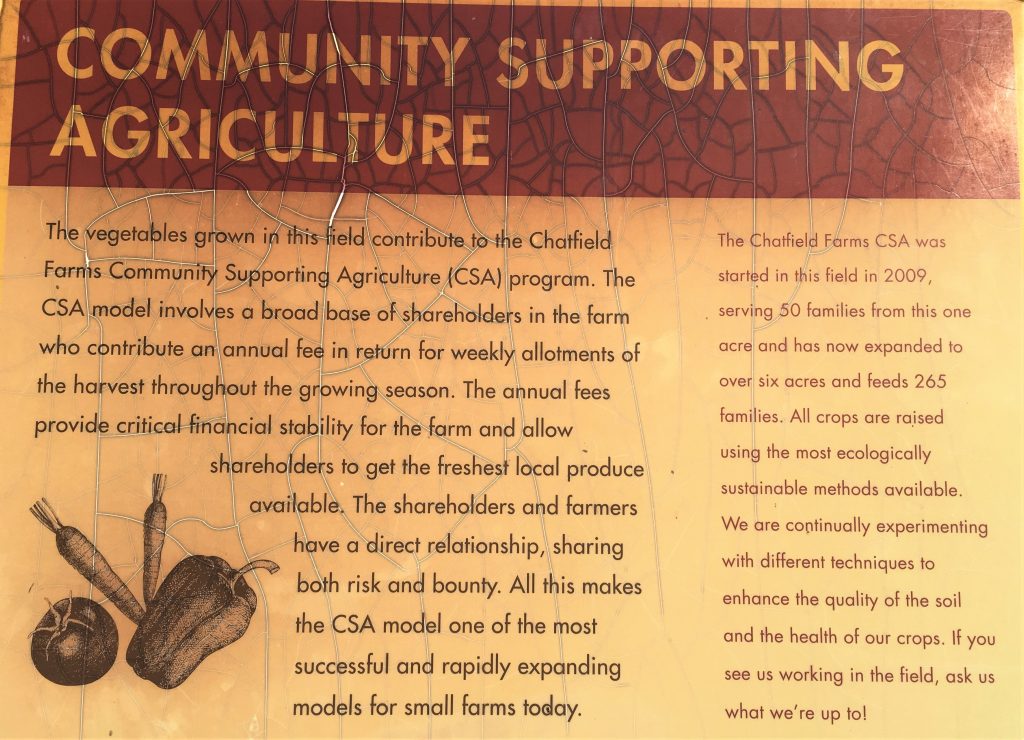
She also told us that at times, universities come in and run some experimental things. Currently, they’re trying to grow hops. That’s the stuff they use to make beer, but they’re also used to flavor other foods, and as an herbal remedy for ulcers, IBS and Crohn’s disease, just to name a few uses.
Unfortunately, the hops here aren’t faring very well for some reason. She also told us the grapevines weren’t either because the Japanese beetles (we call them June Bugs back home) are eating the leaves. I told her about the bags we used to hang in Ohio that captured them – – no pesticides. She liked that idea. I hope it works!

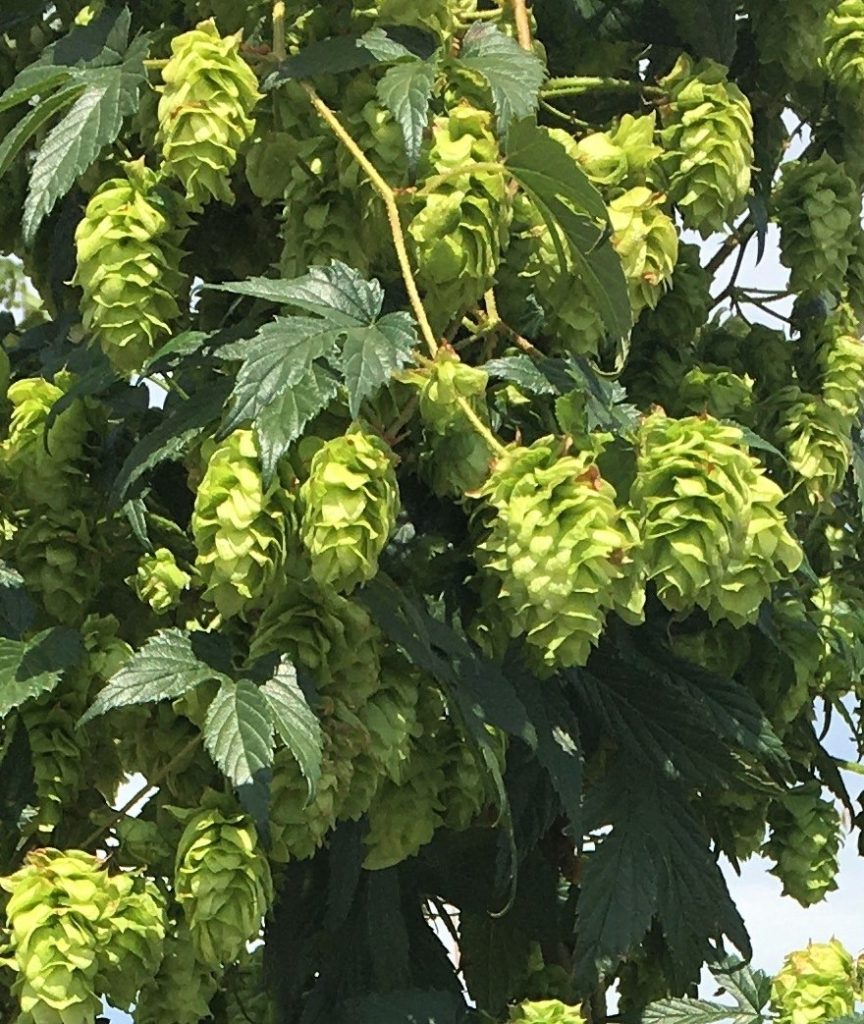
We left her to educate others, and continued wandering around the place.
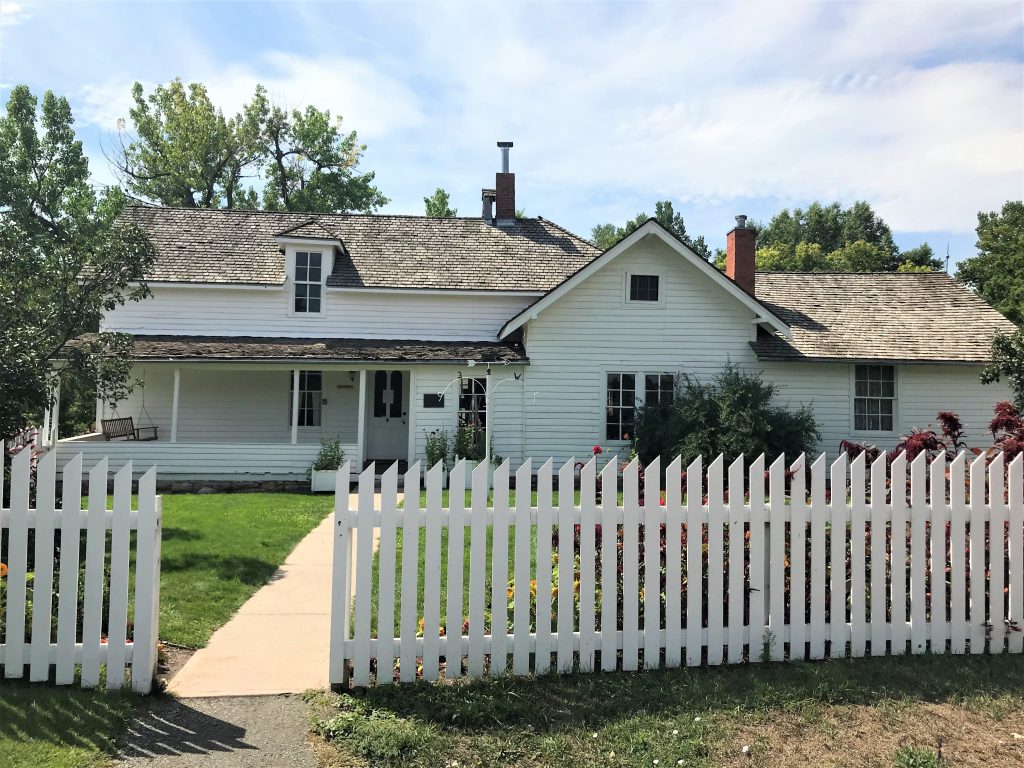
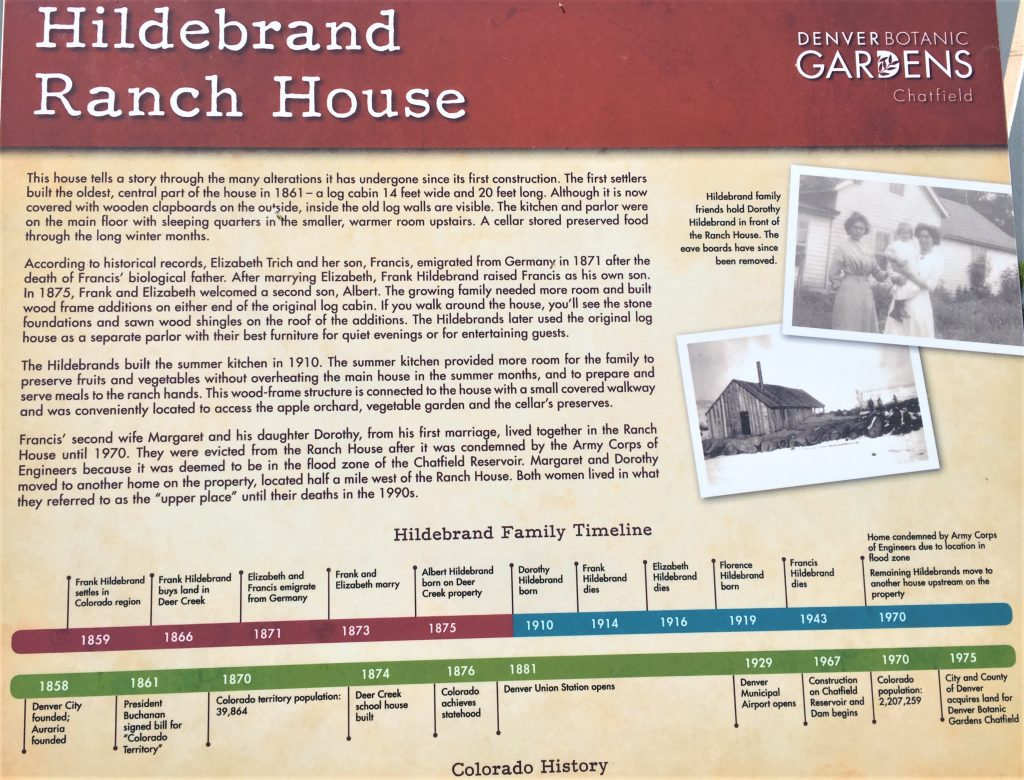
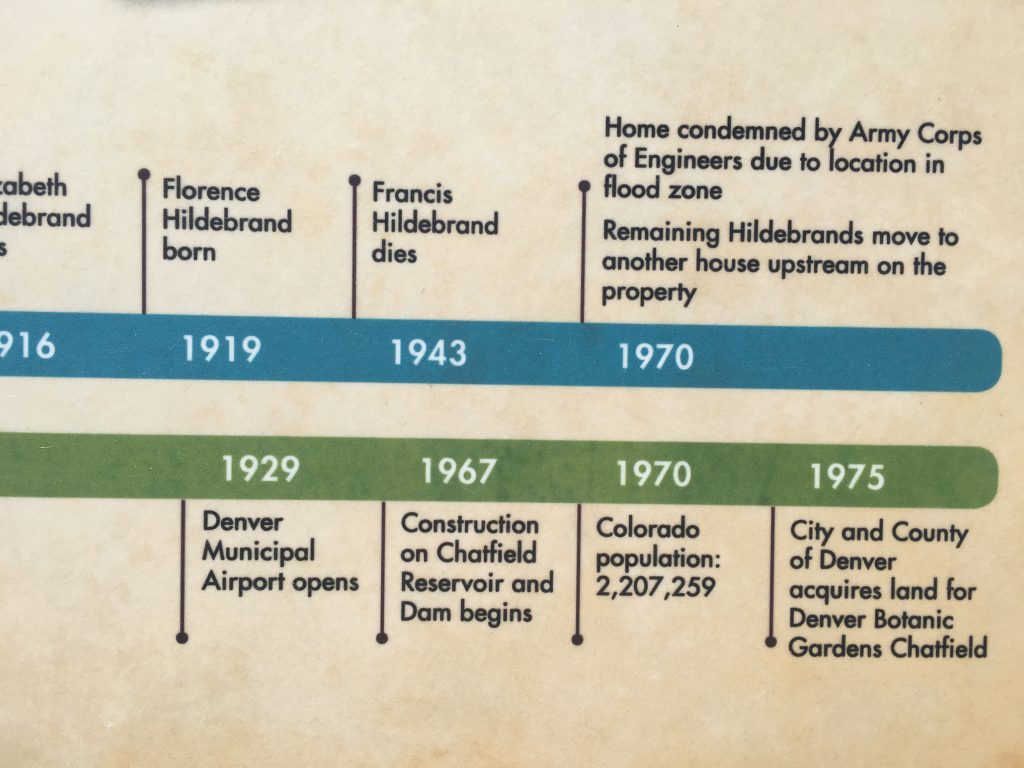
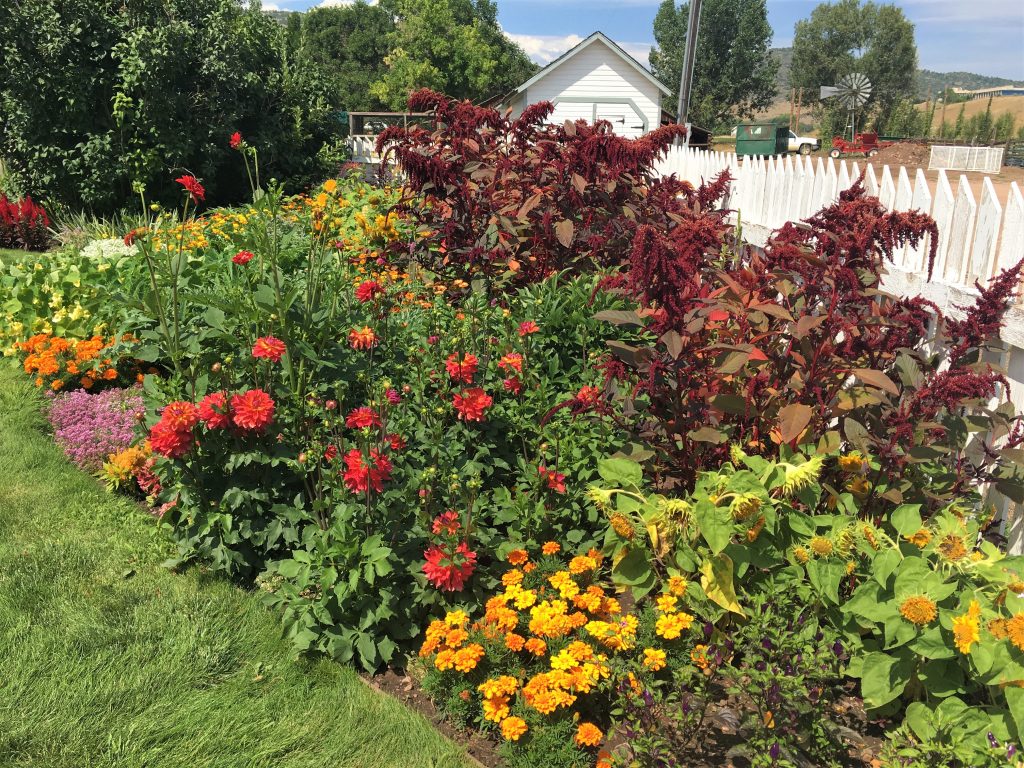

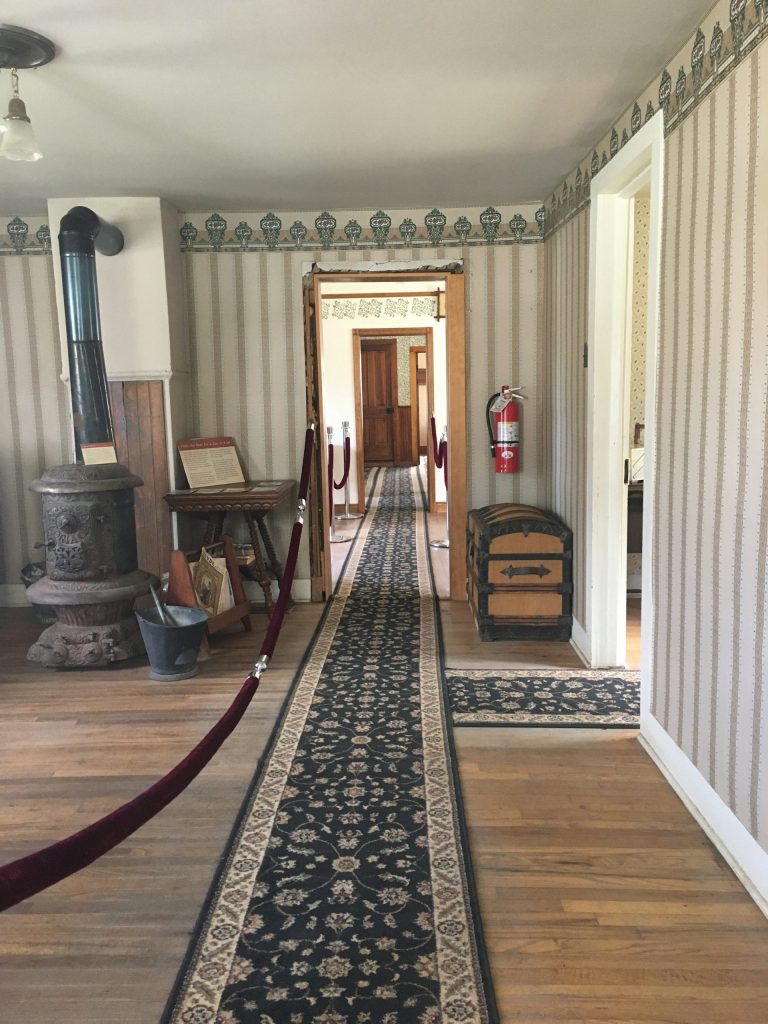
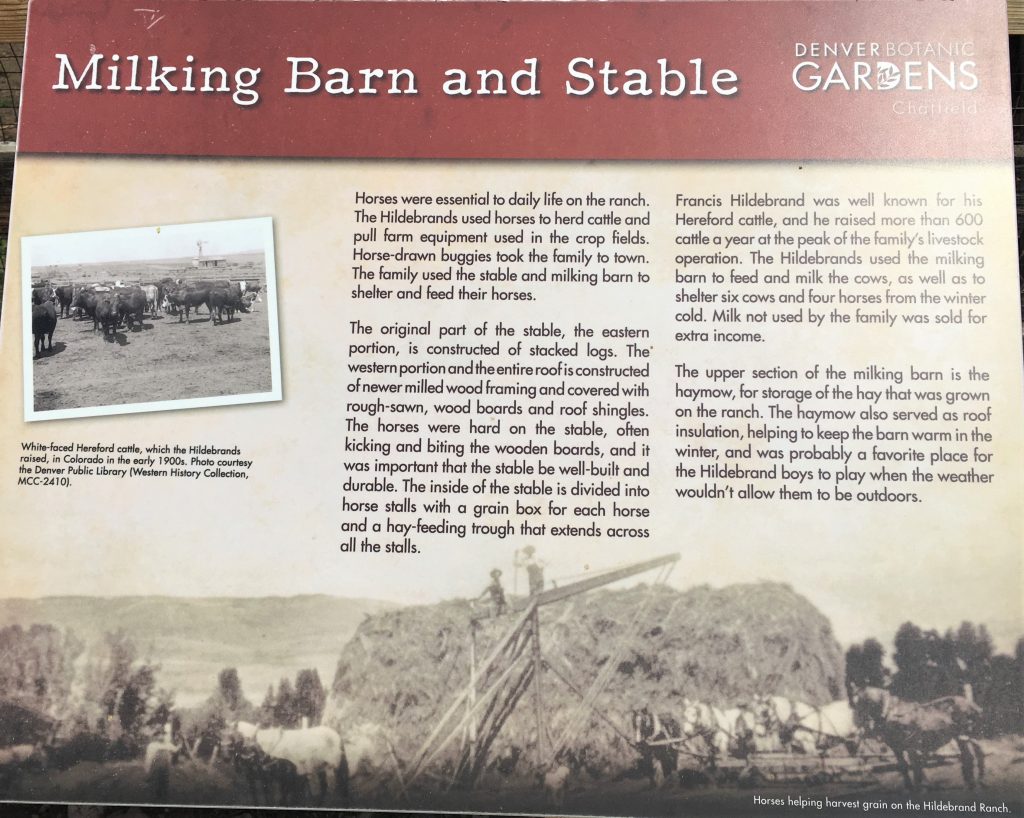
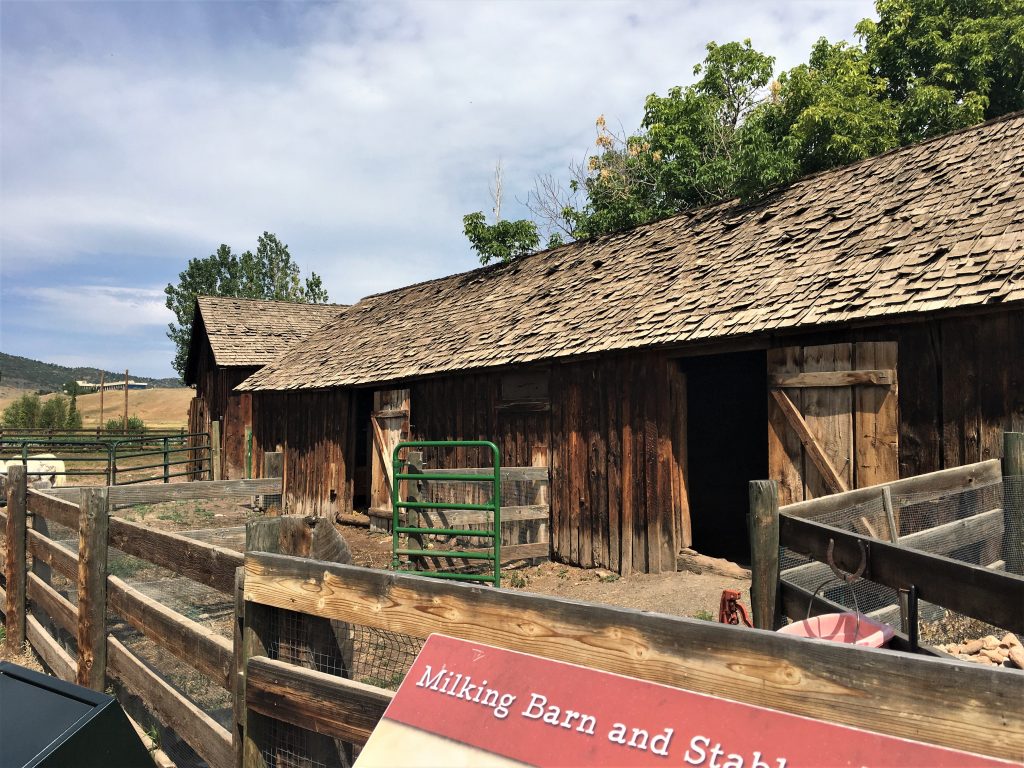
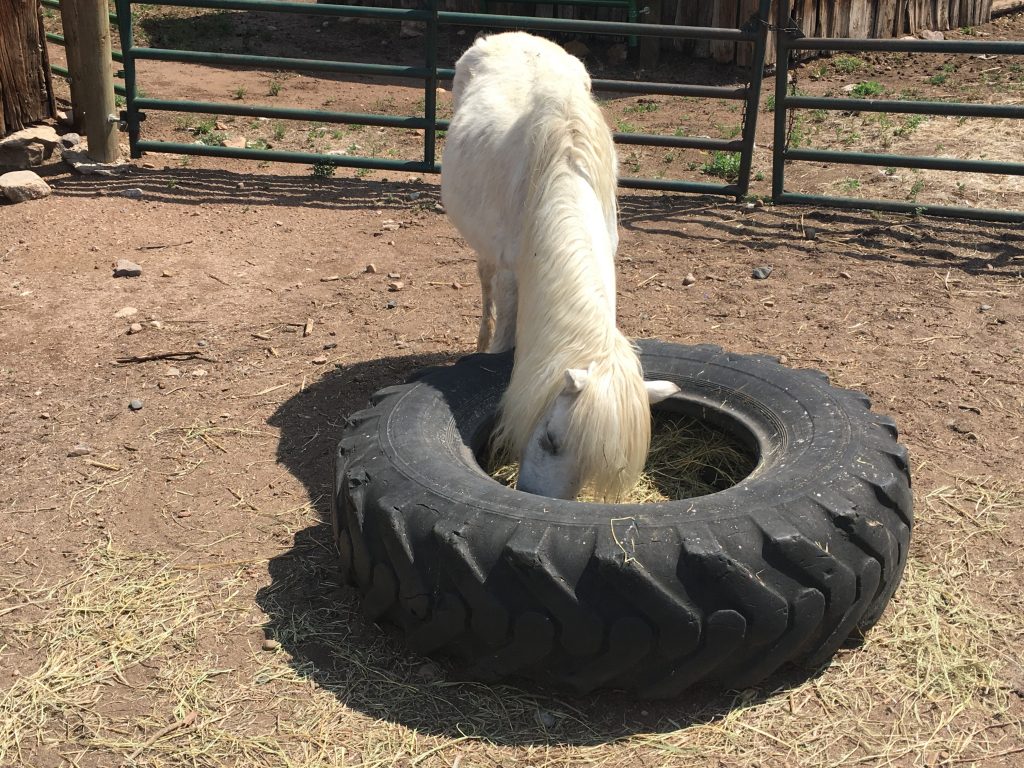
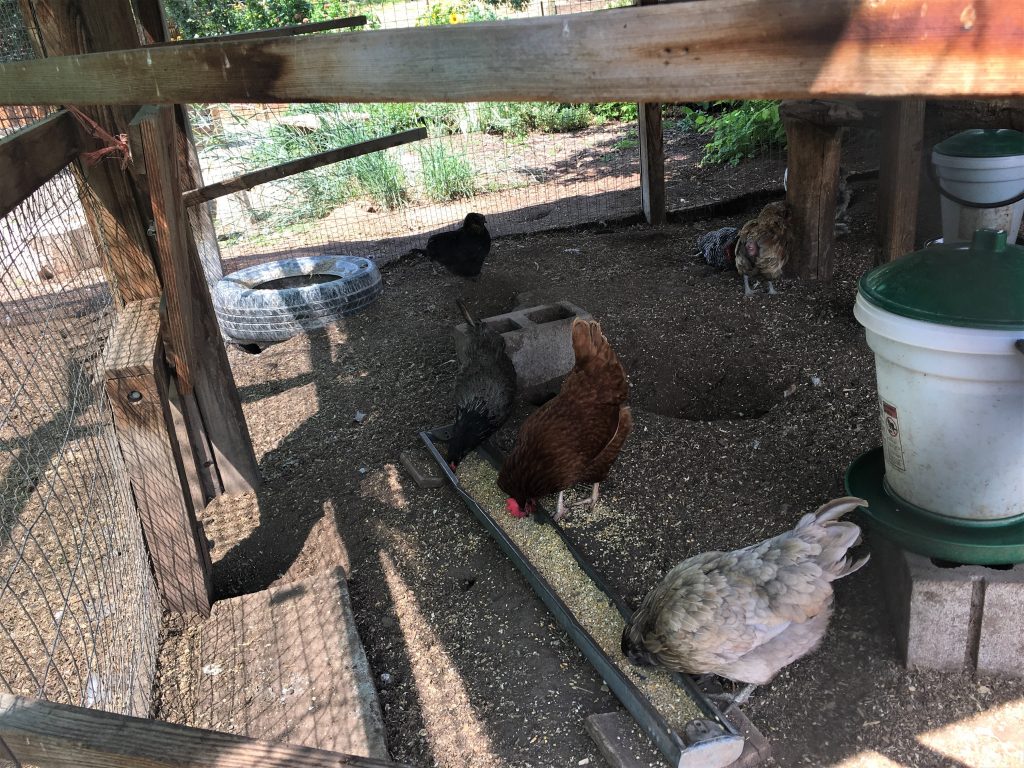
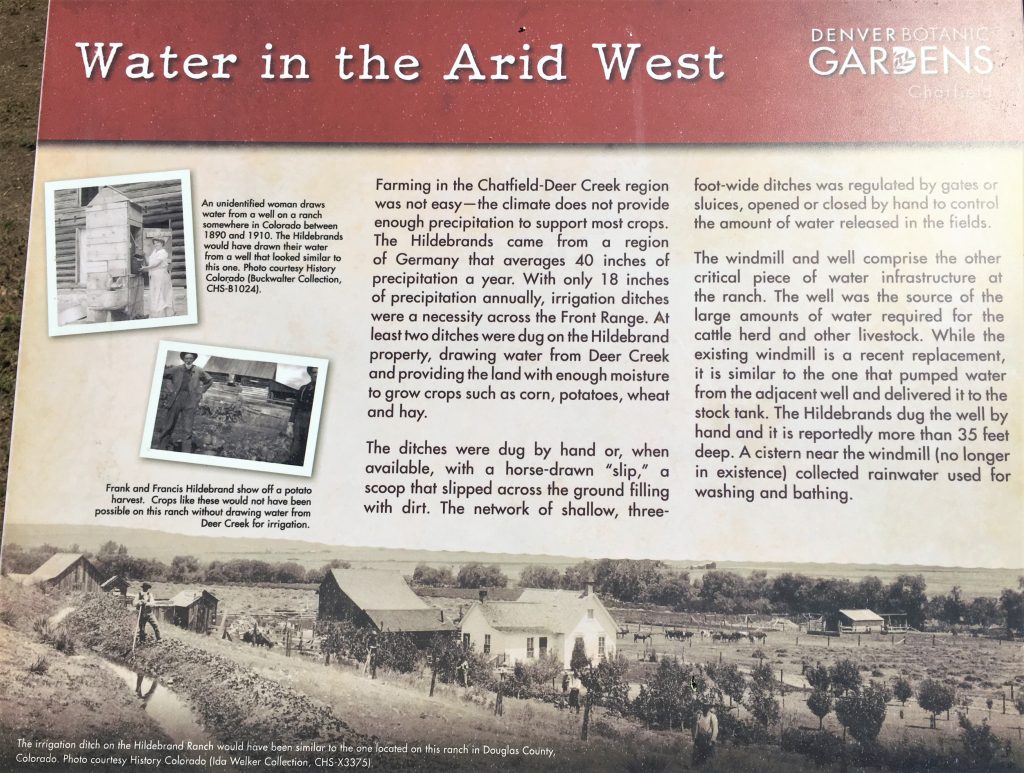
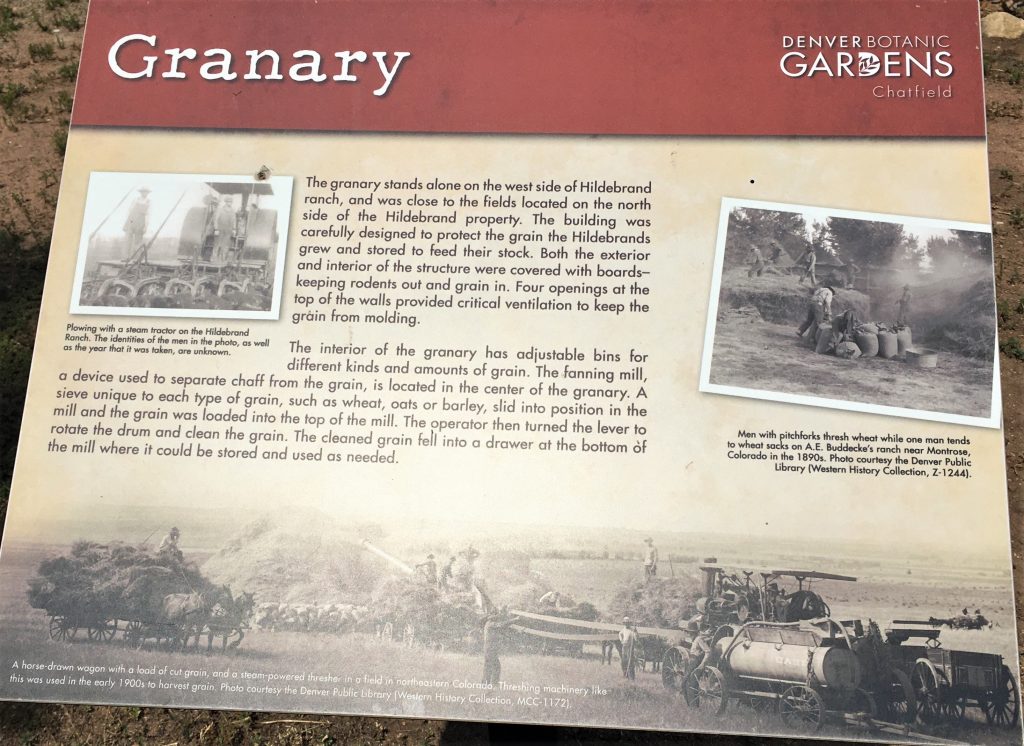
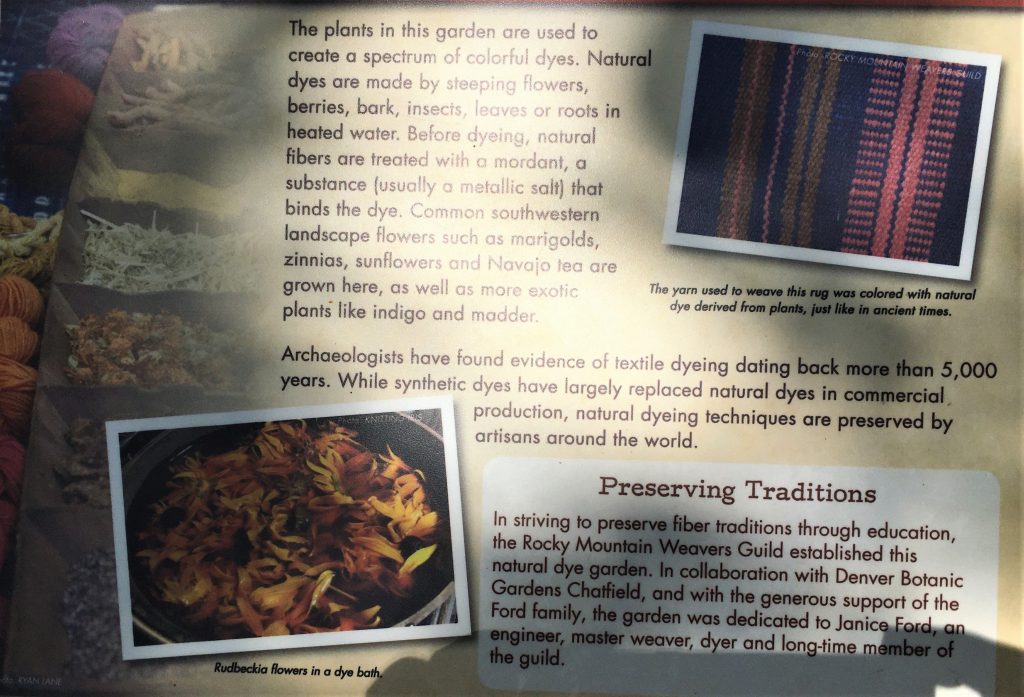
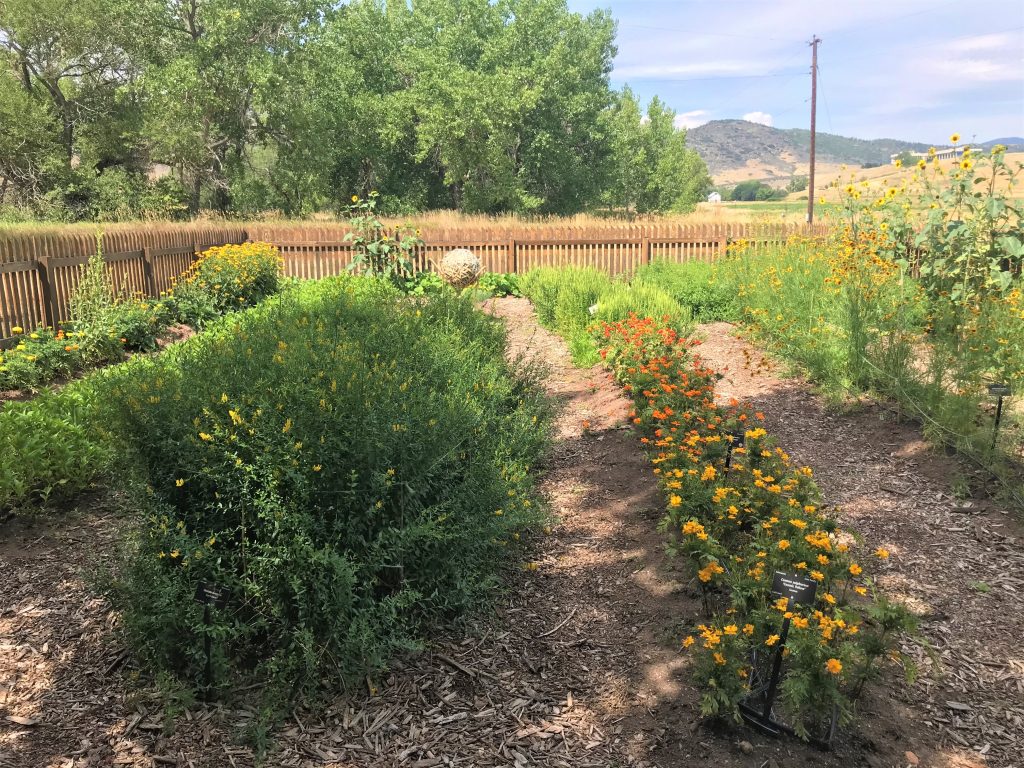


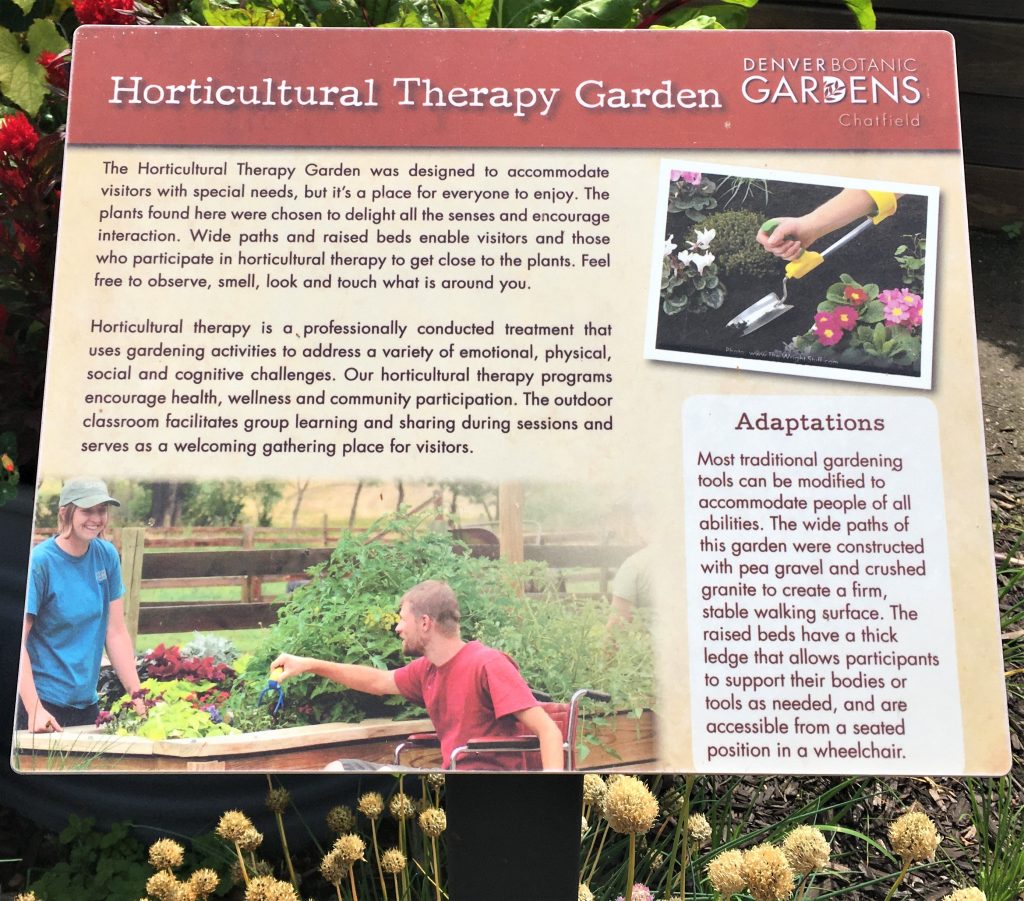
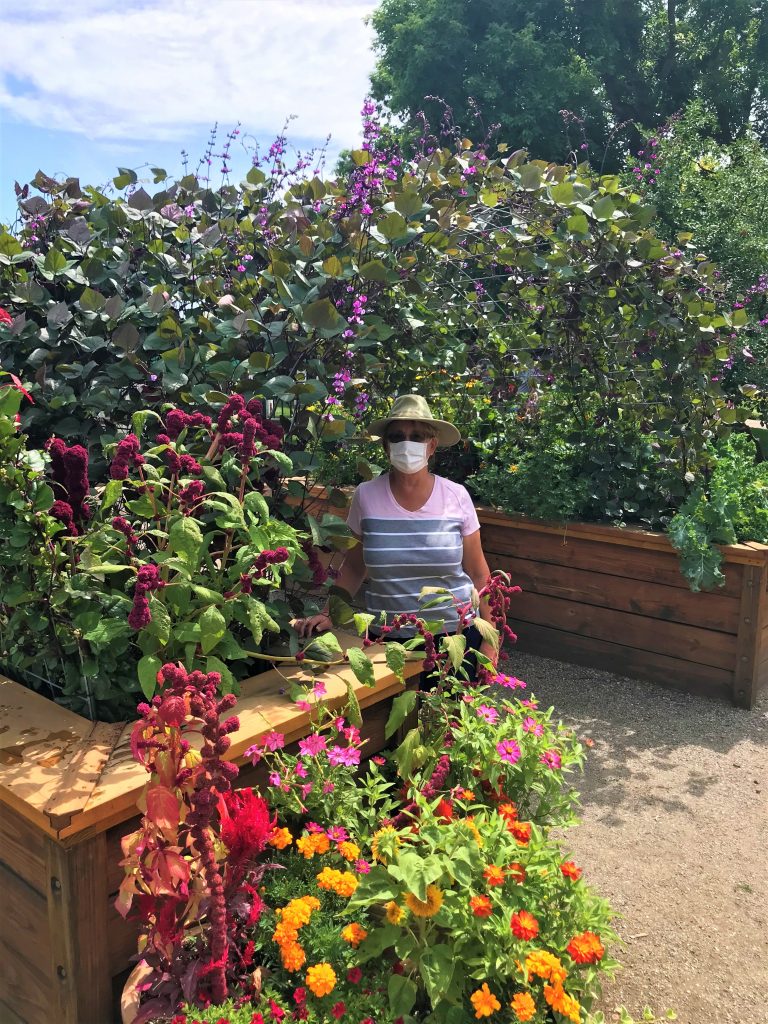

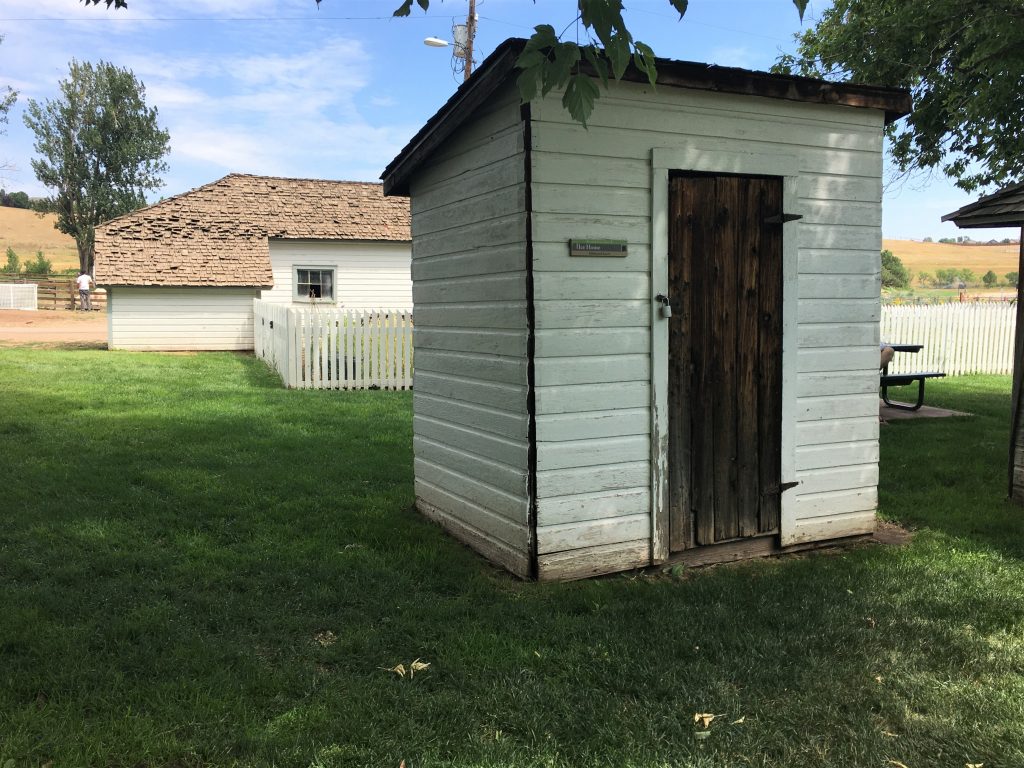
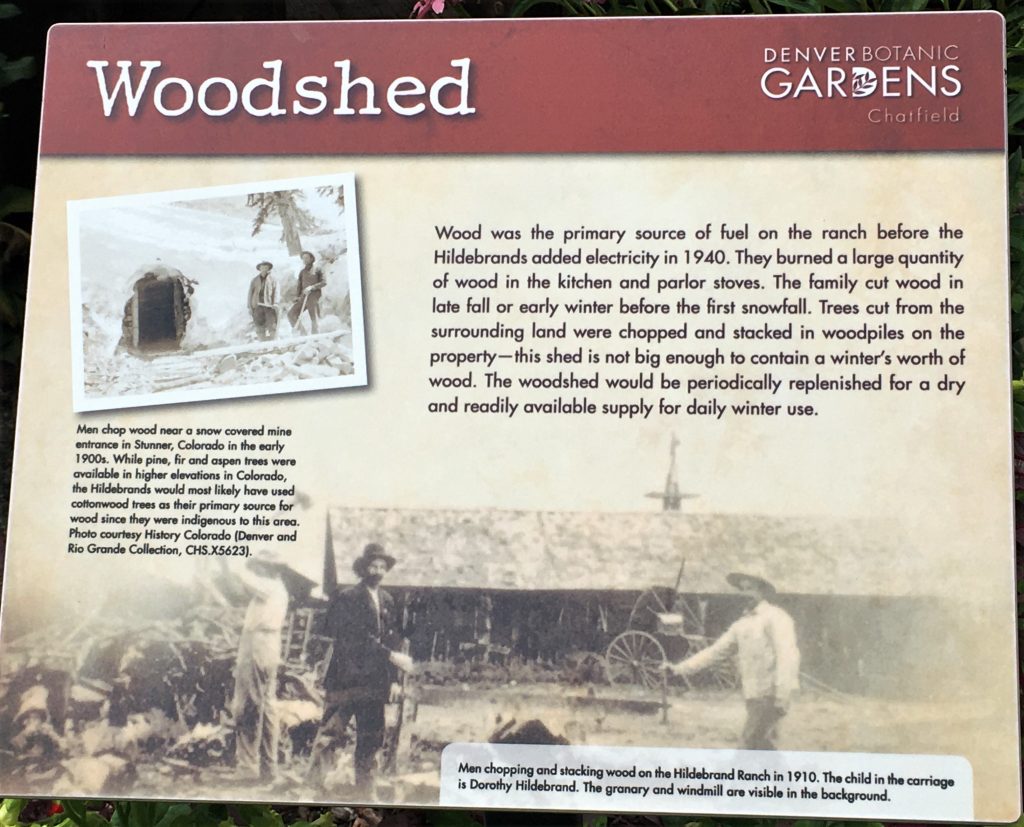

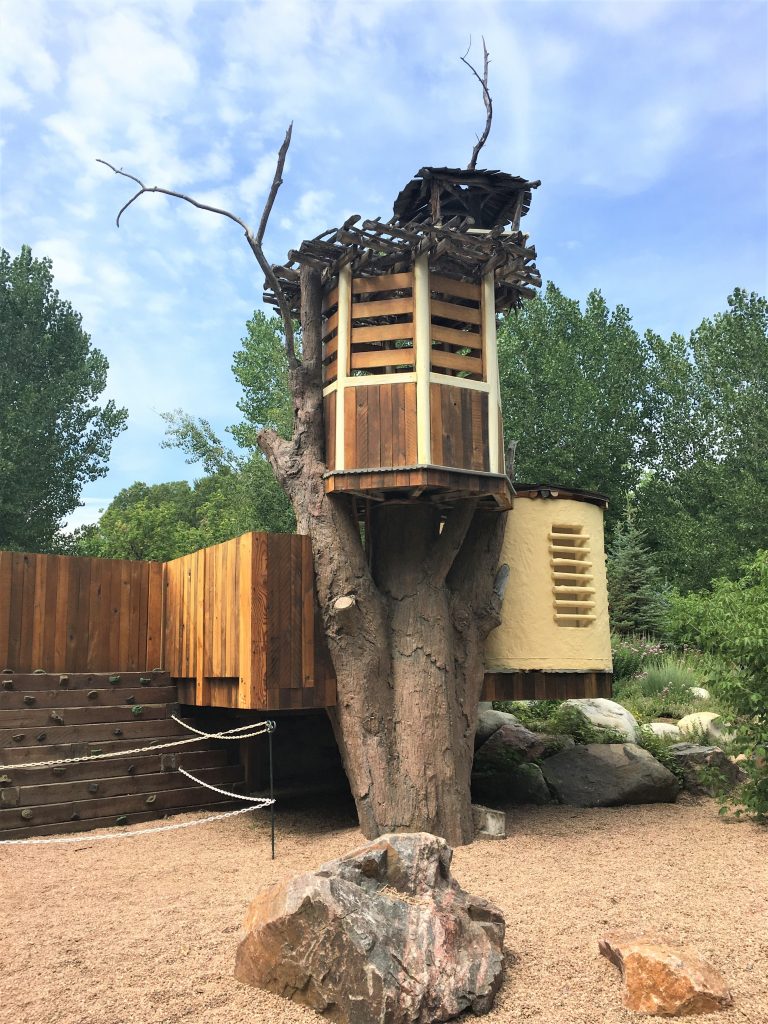
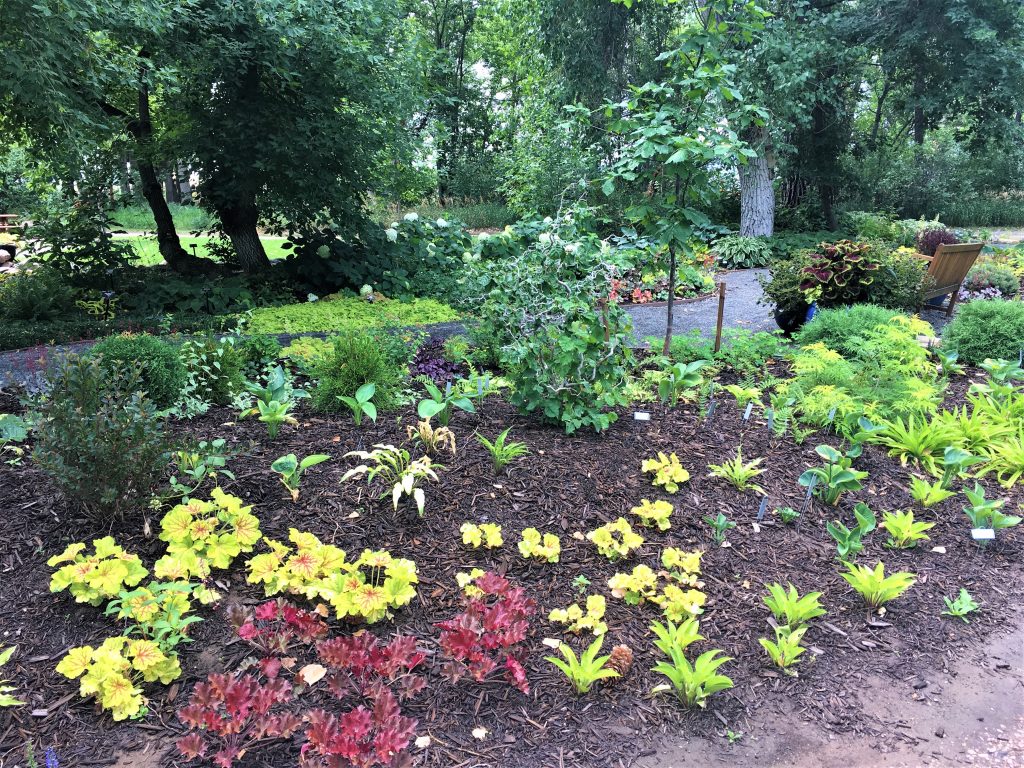
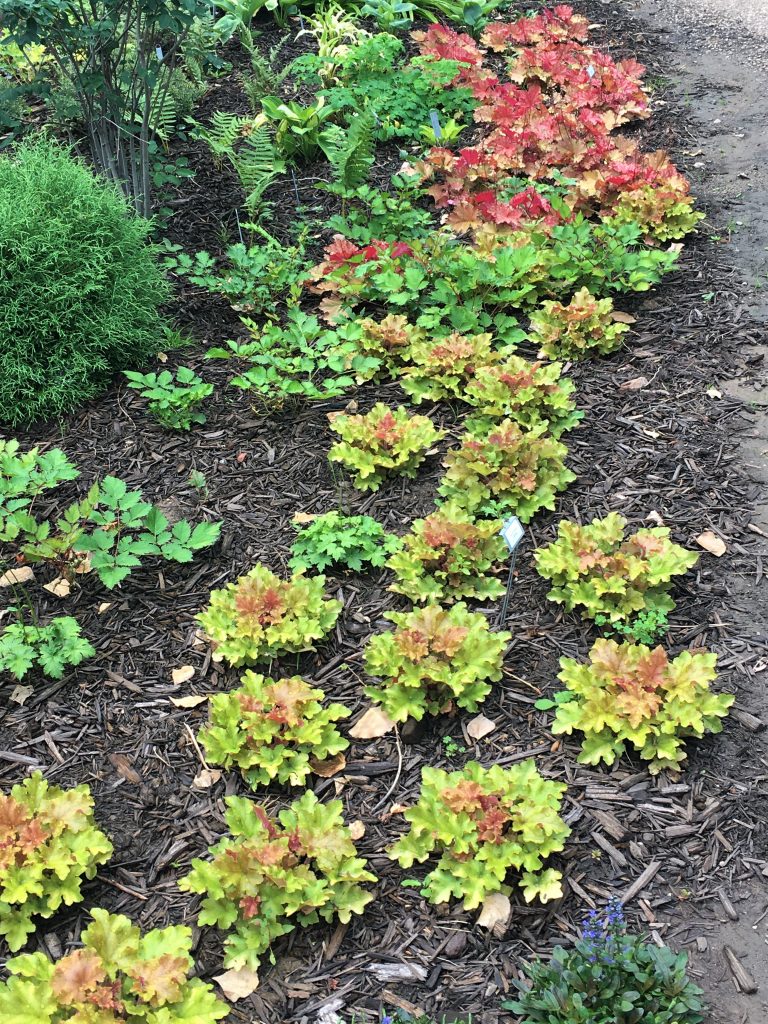

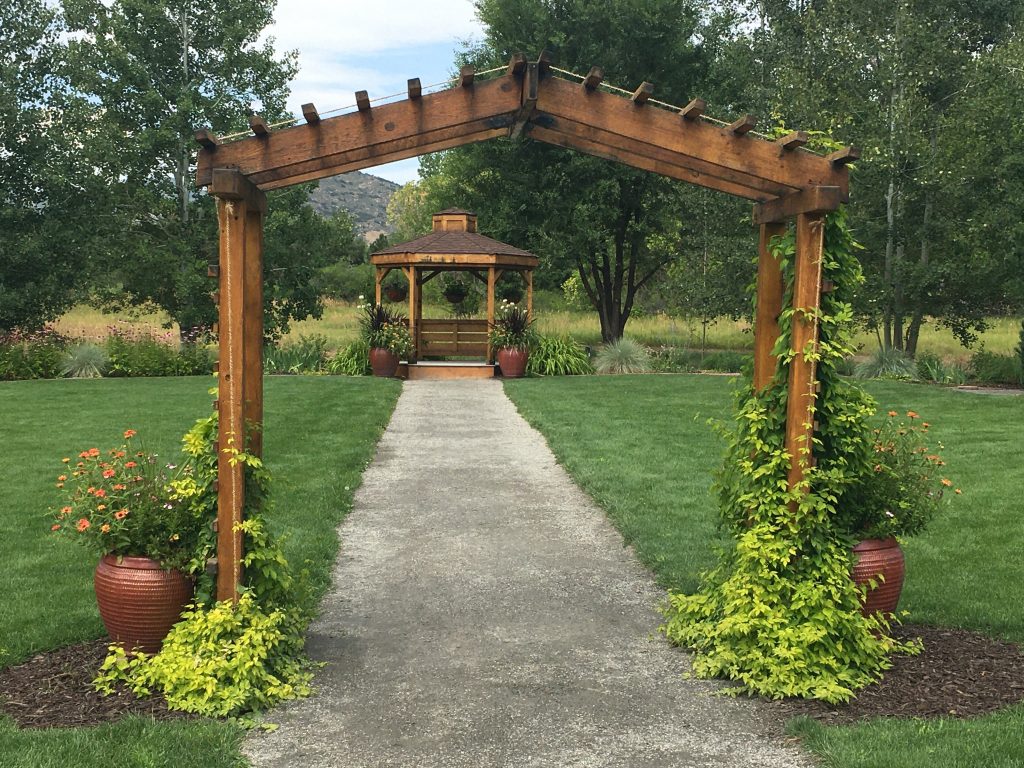
Didn’t look like any chapel we’ve ever seen. . . .
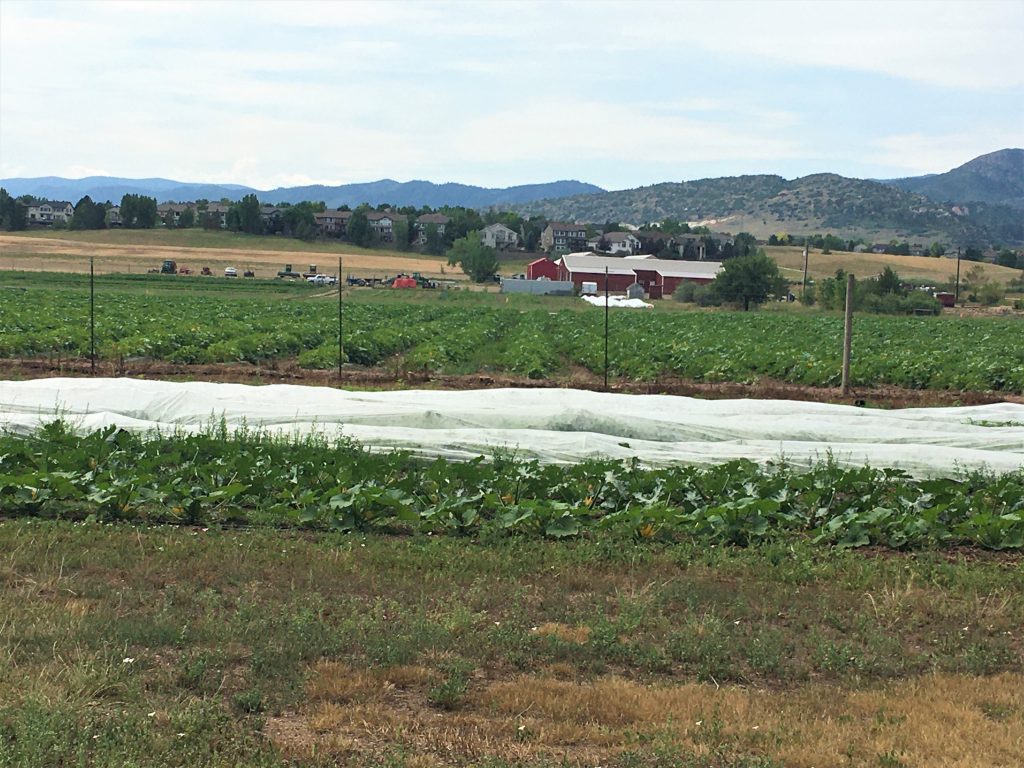
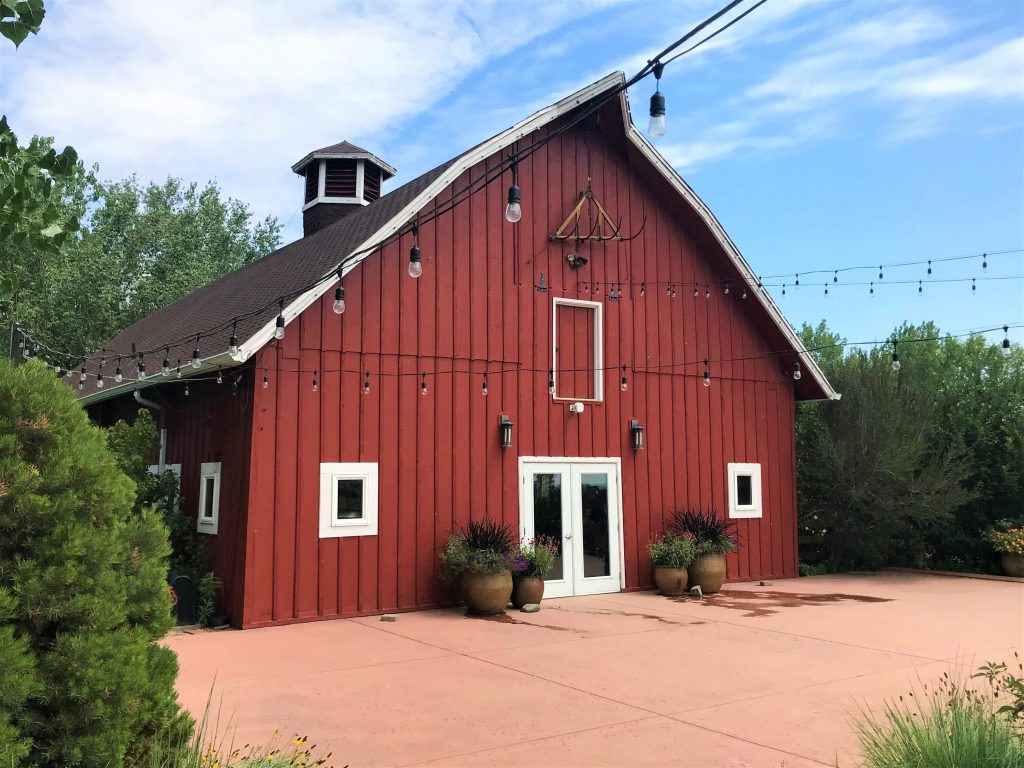
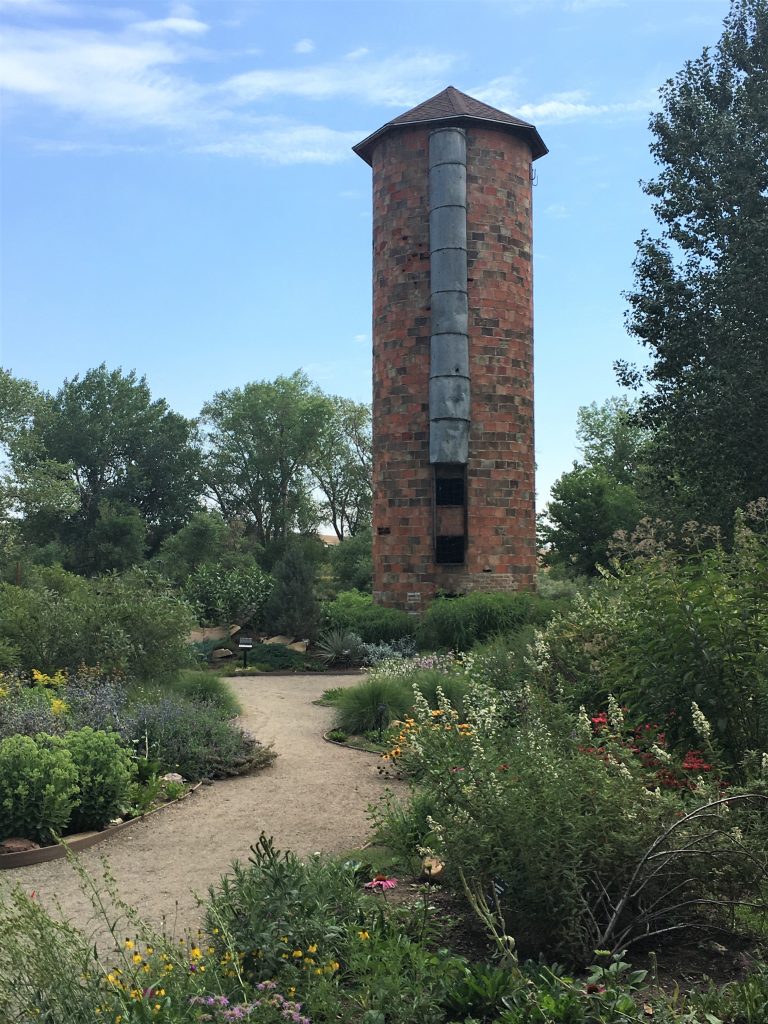
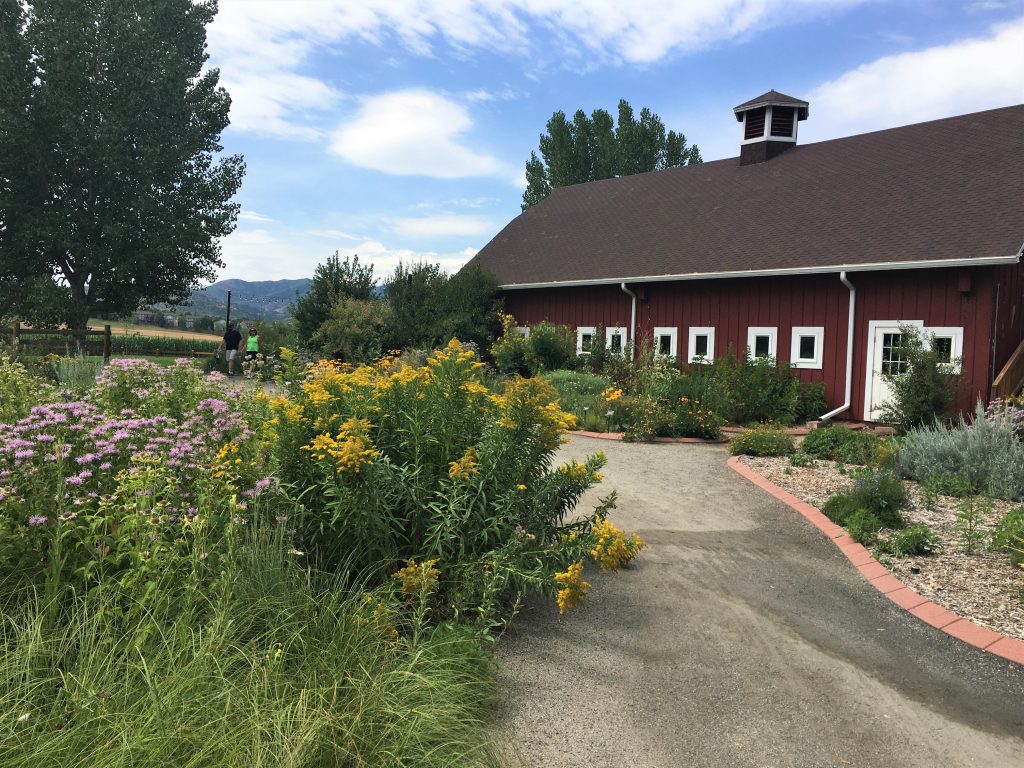
That was a surprise.
My brother and son would be none-to-pleased!
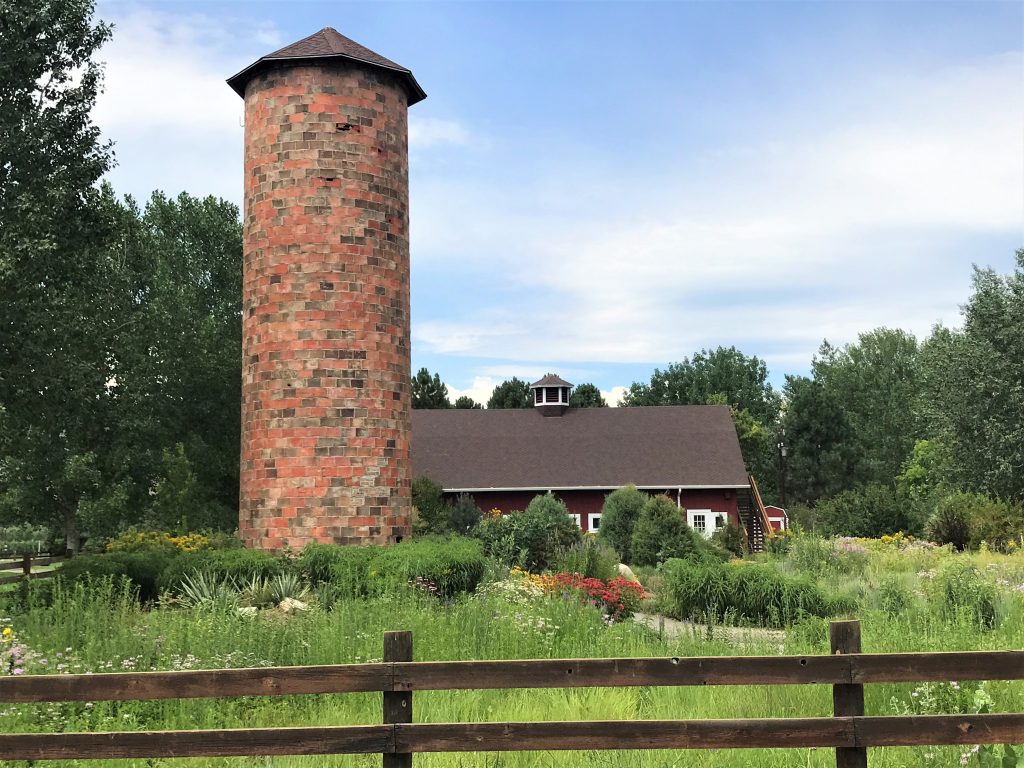
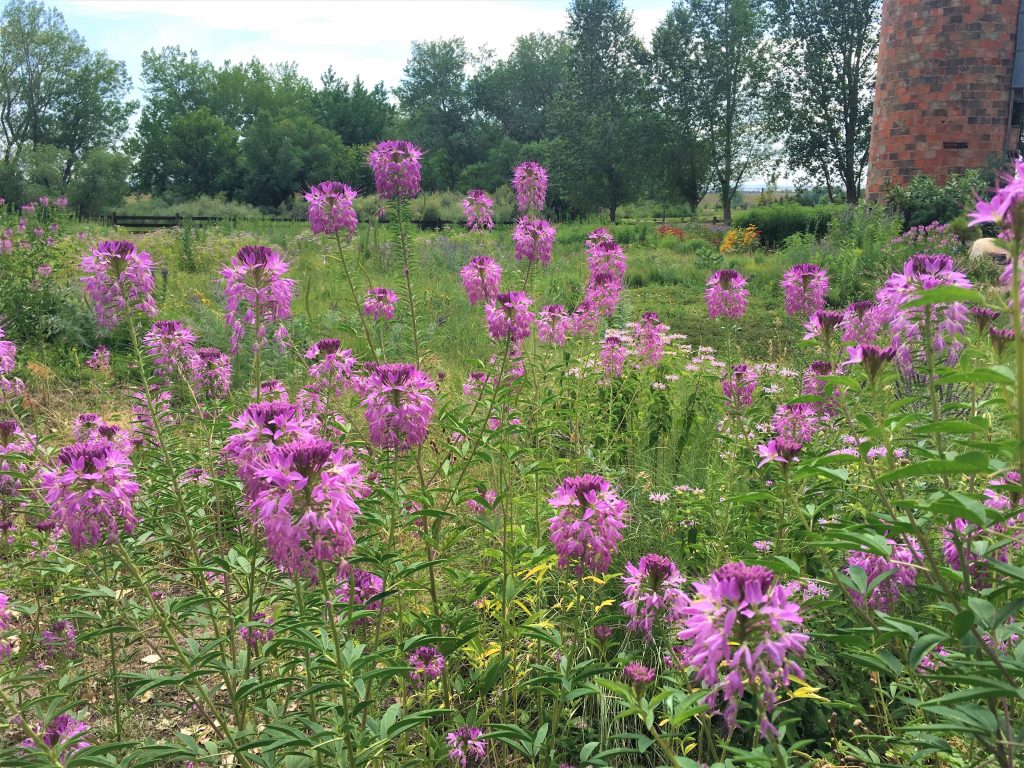
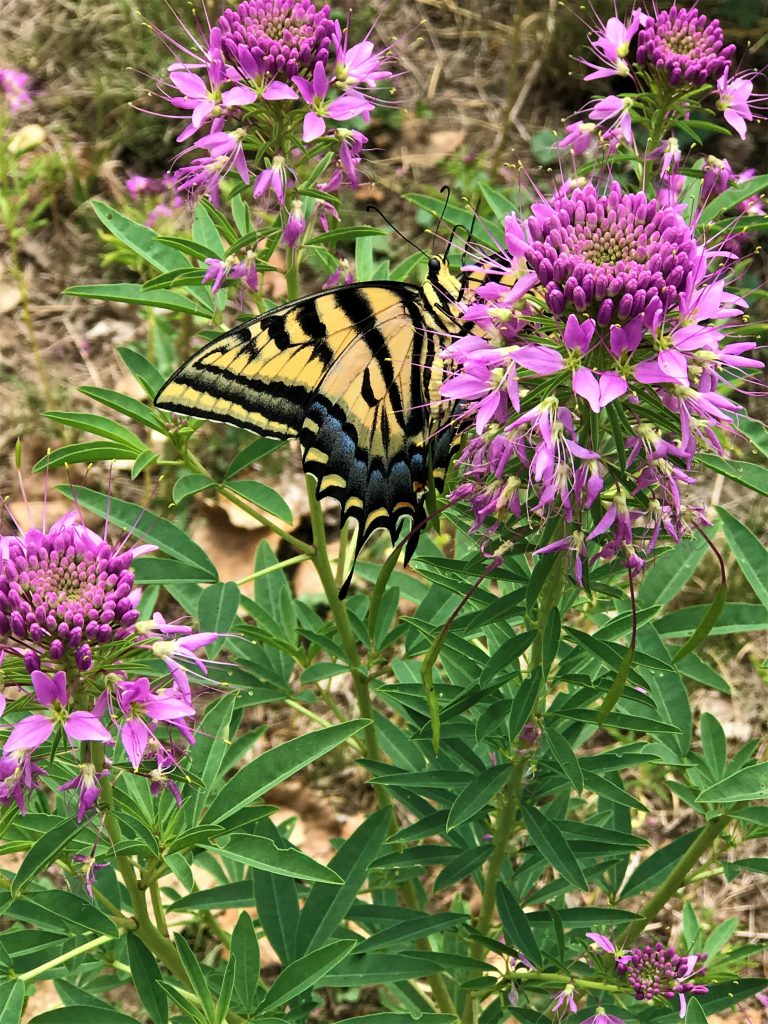
Isn’t it magnificent?!?!?
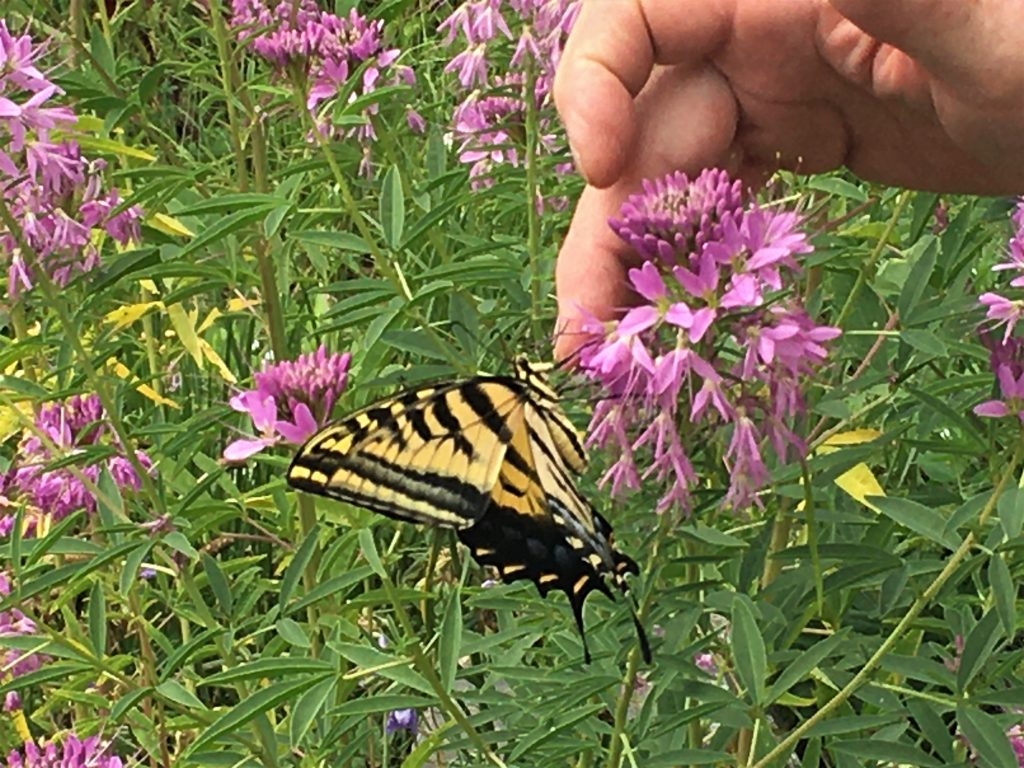
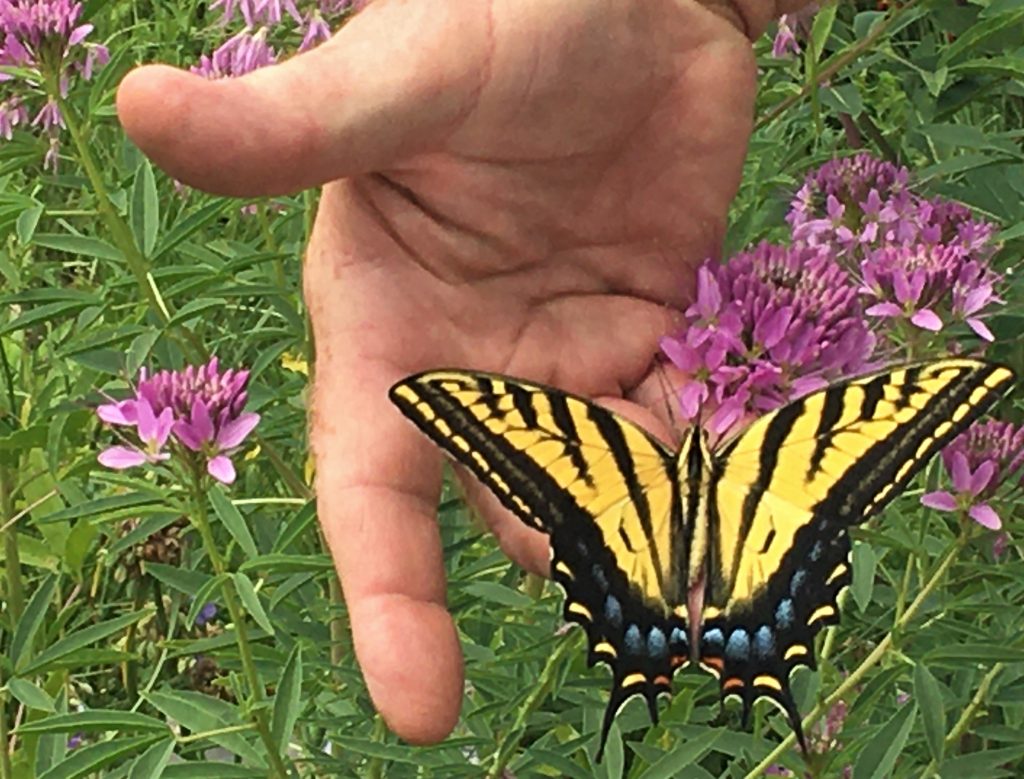
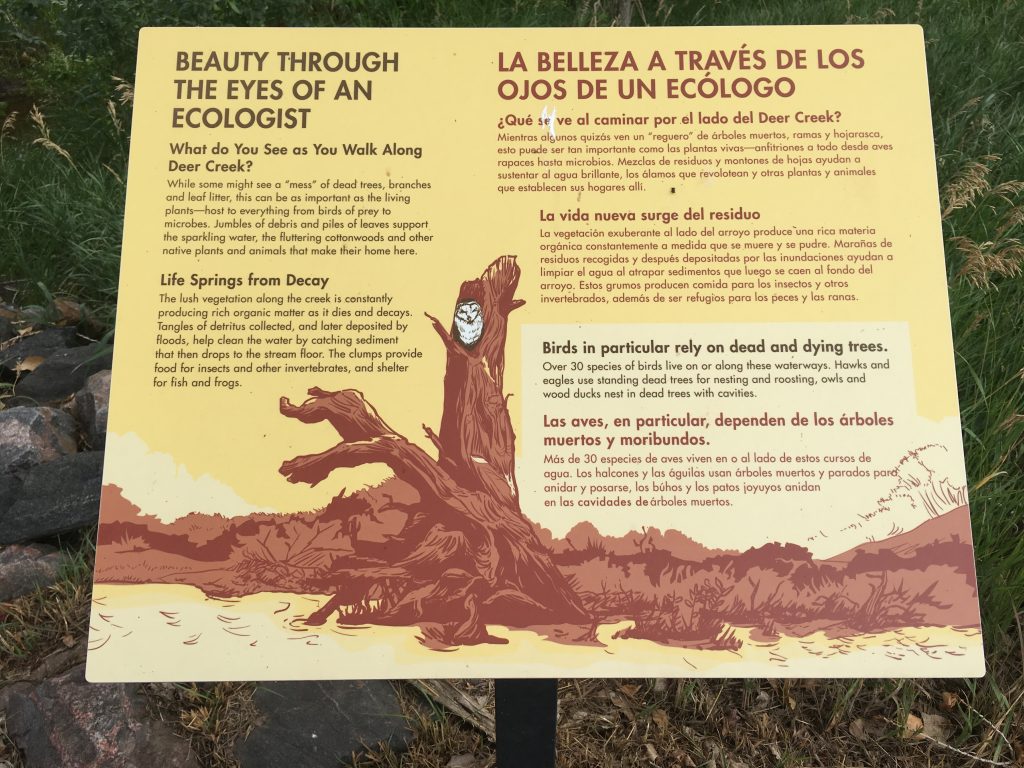
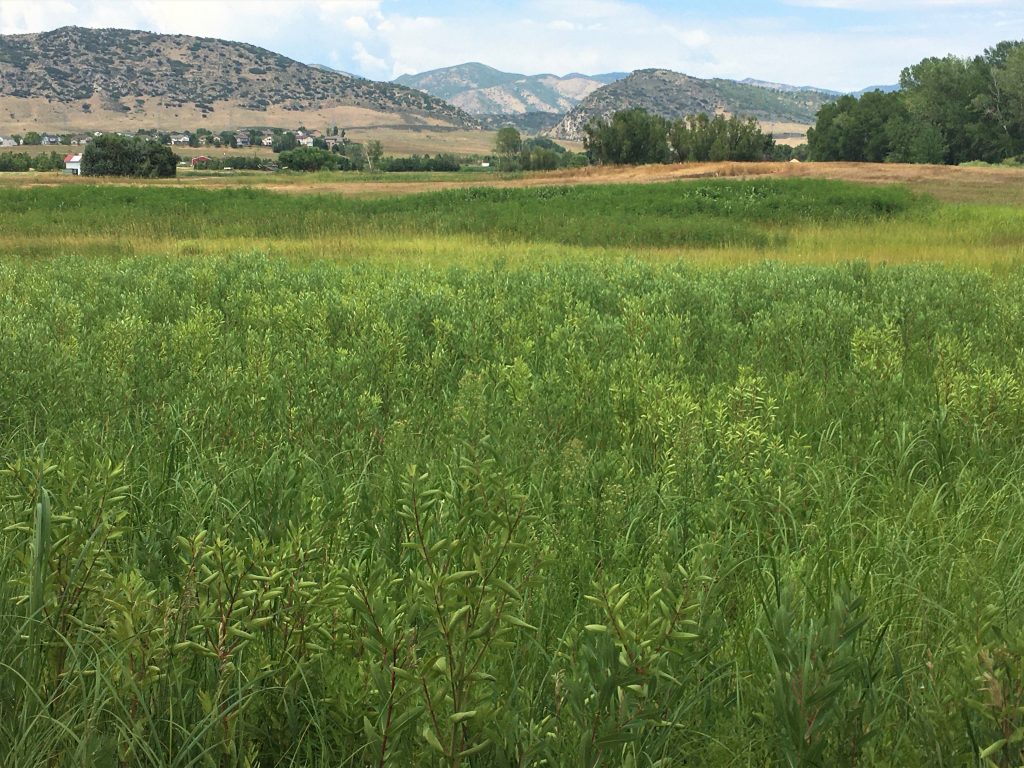
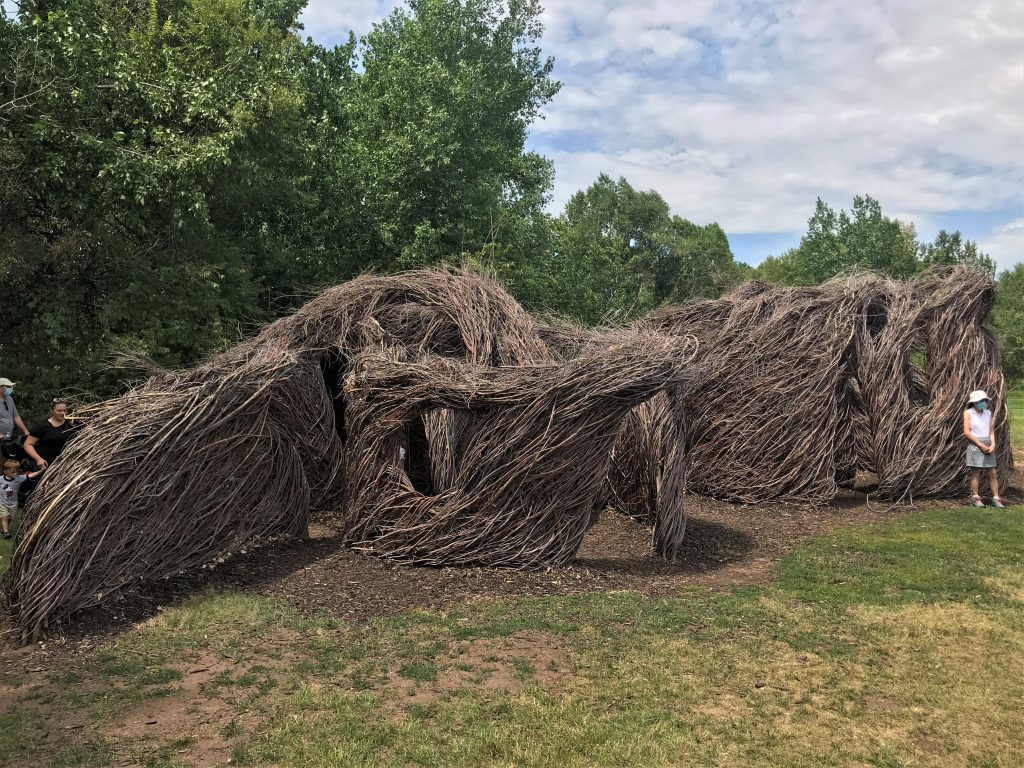
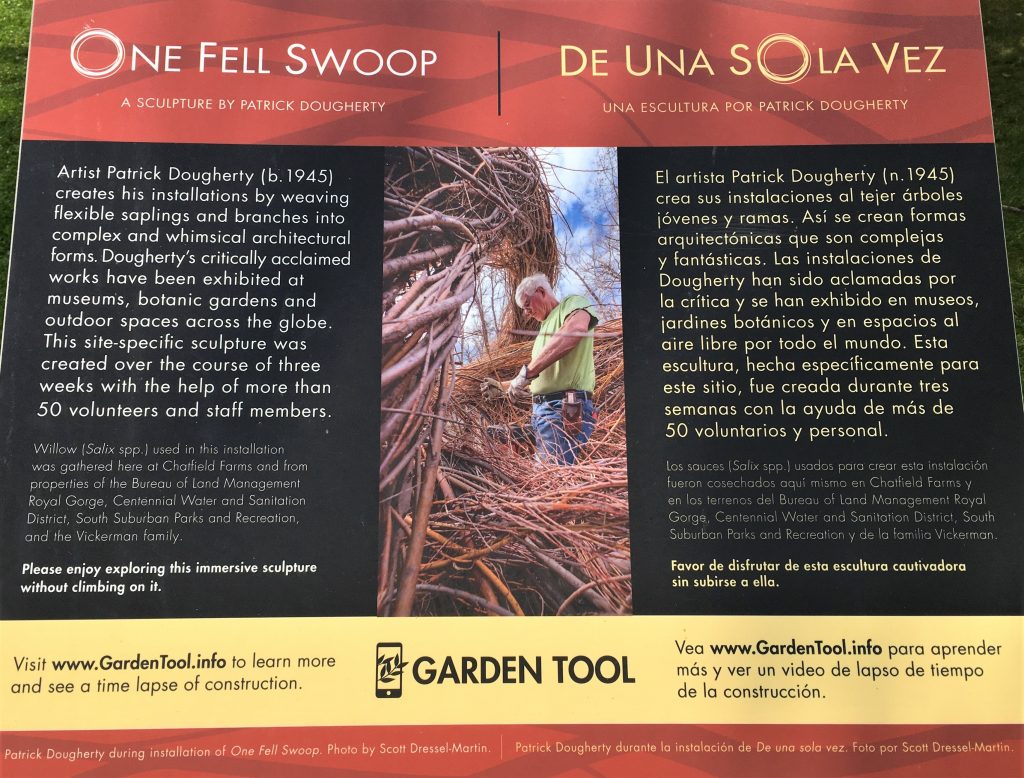
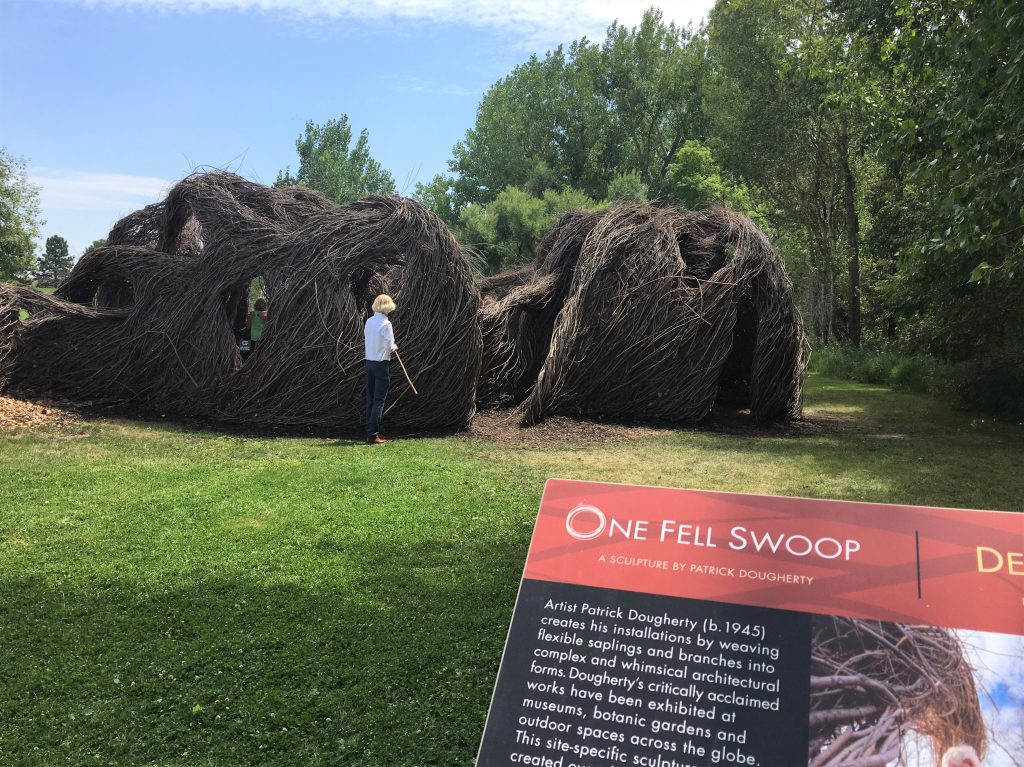

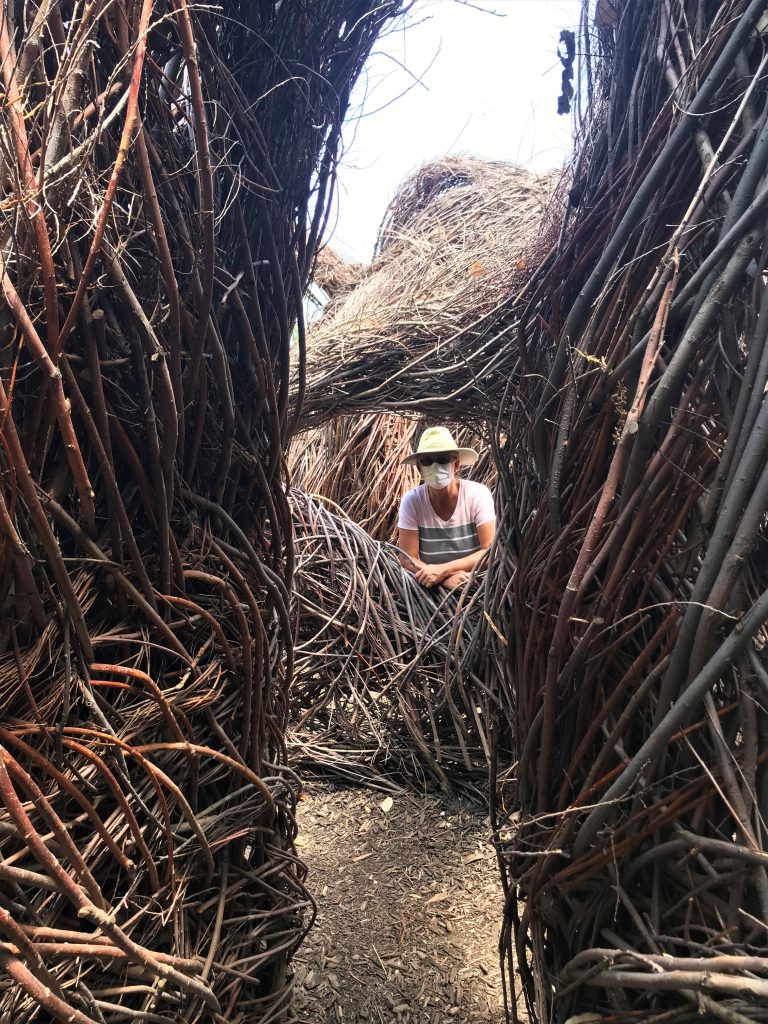

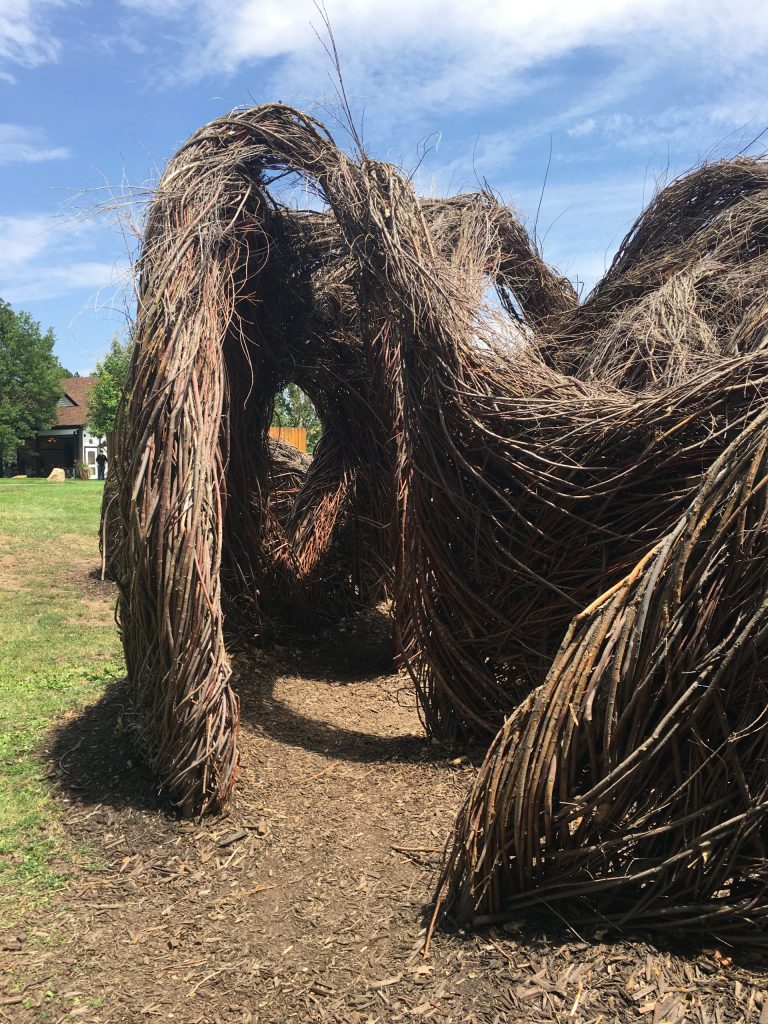
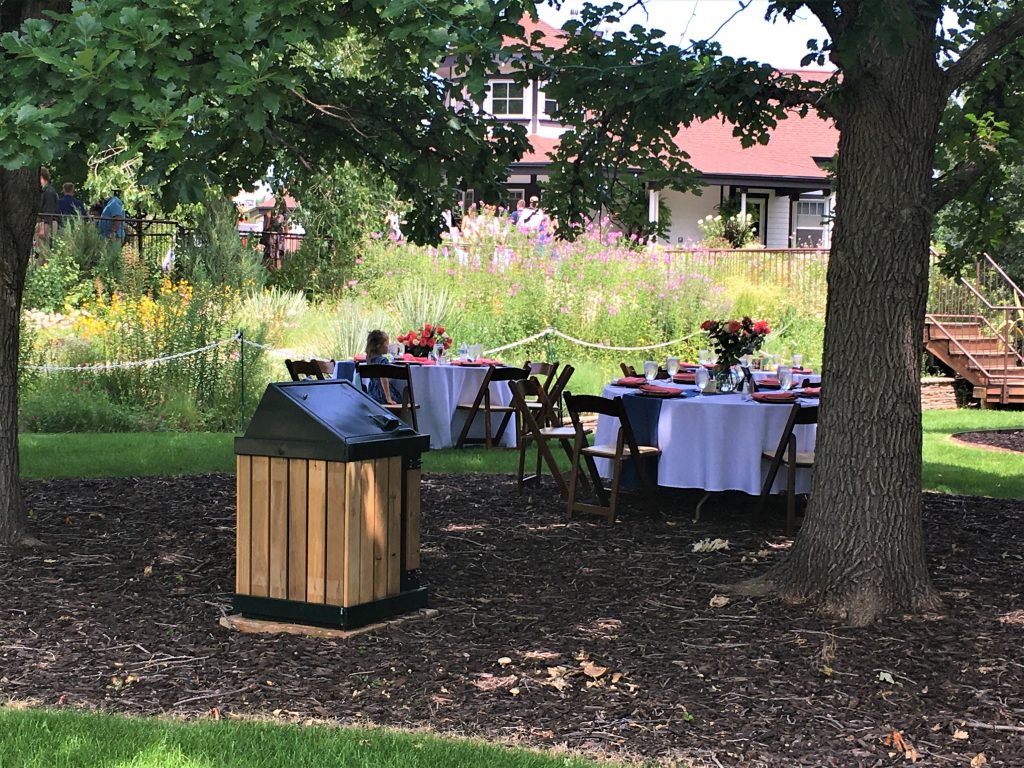
There were more tables inside a roof-covered area, but I didn’t want to be obvious with my picture-taking. : )

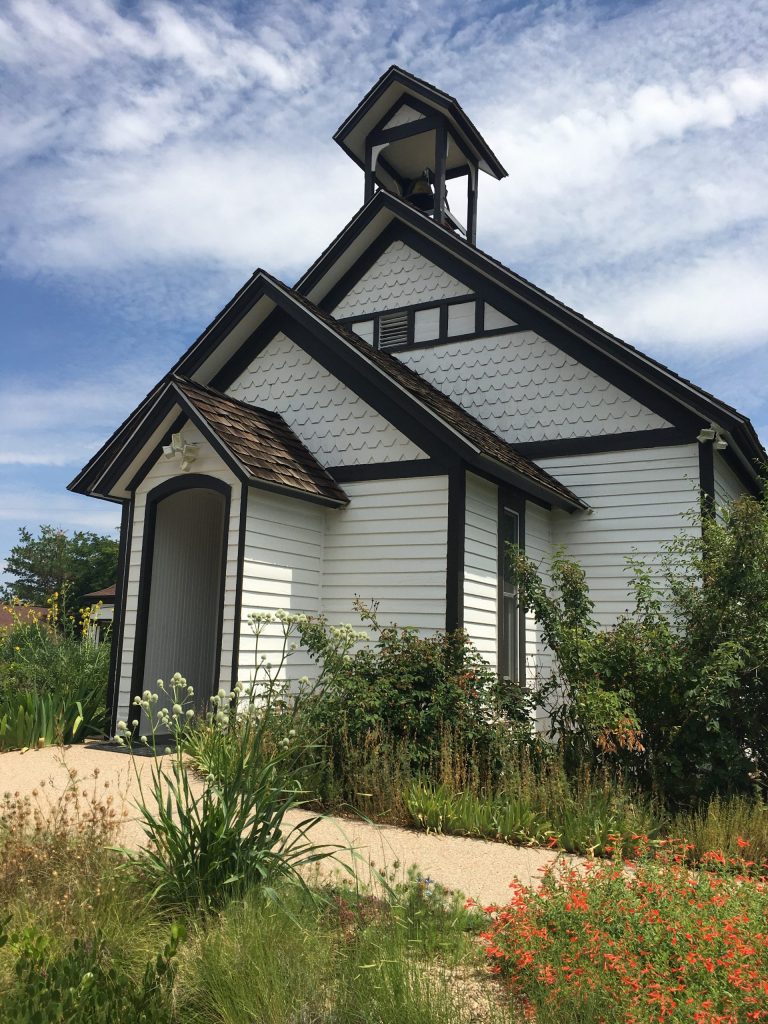
Despite feeling like we couldn’t breathe much of the time, it was a nice visit!
(I must confess, we didn’t wear our masks all the time. We pulled them down when no one else was around, because it was a warm day, and we sometimes felt like we couldn’t breathe.)
